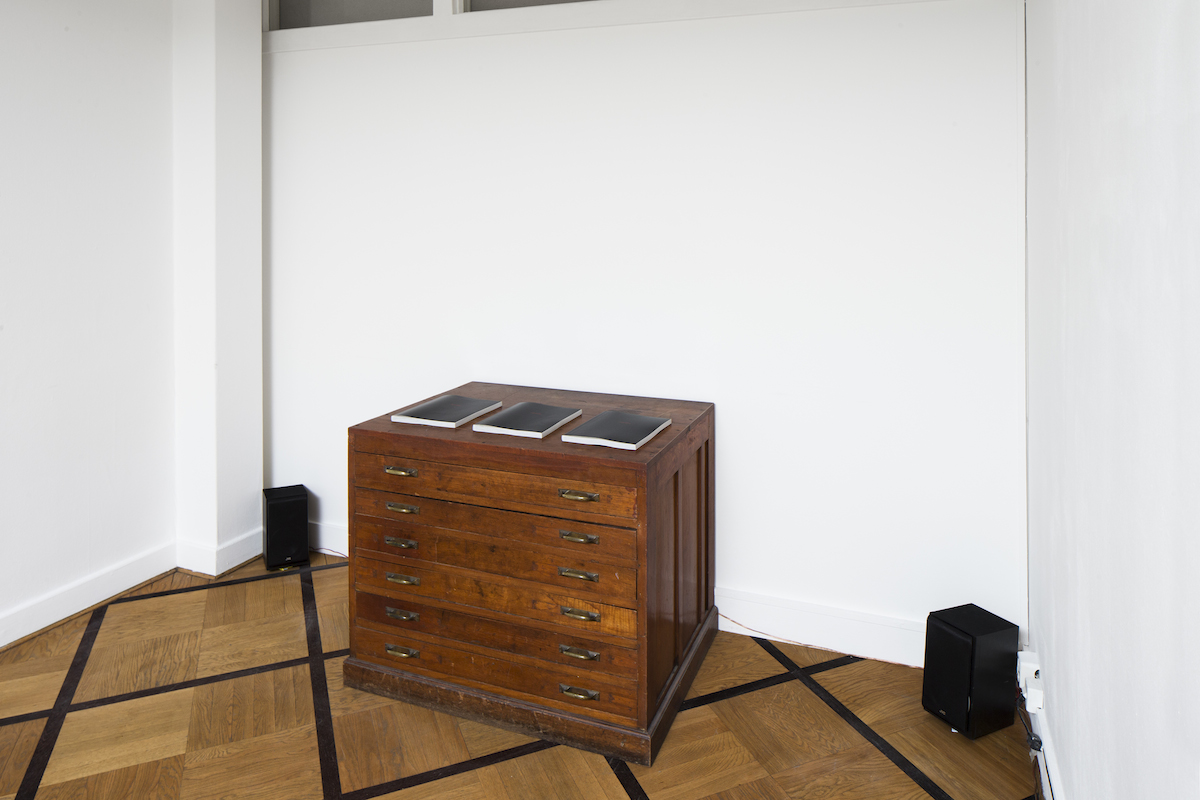
ENCORE TROP, ed. of the CEC, 2024 © Sandra Pointet

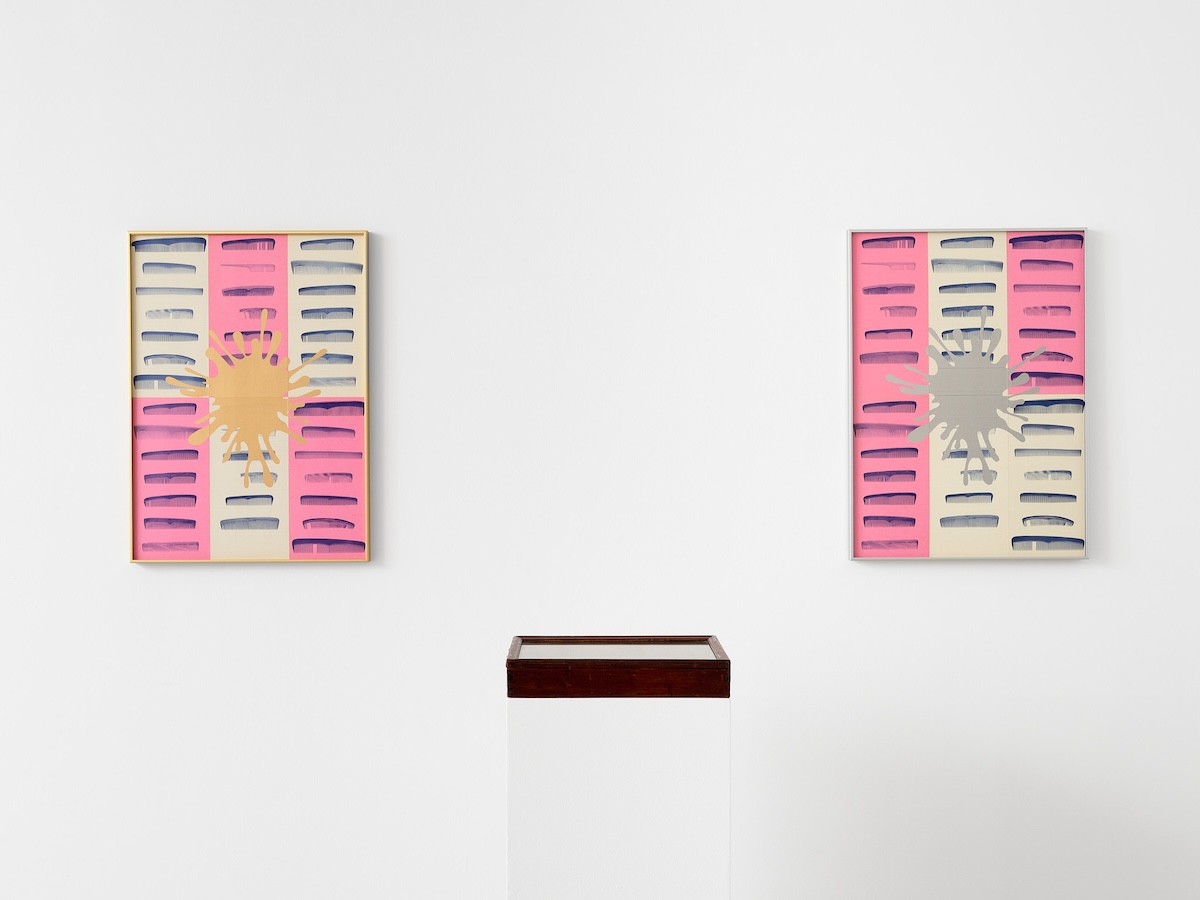
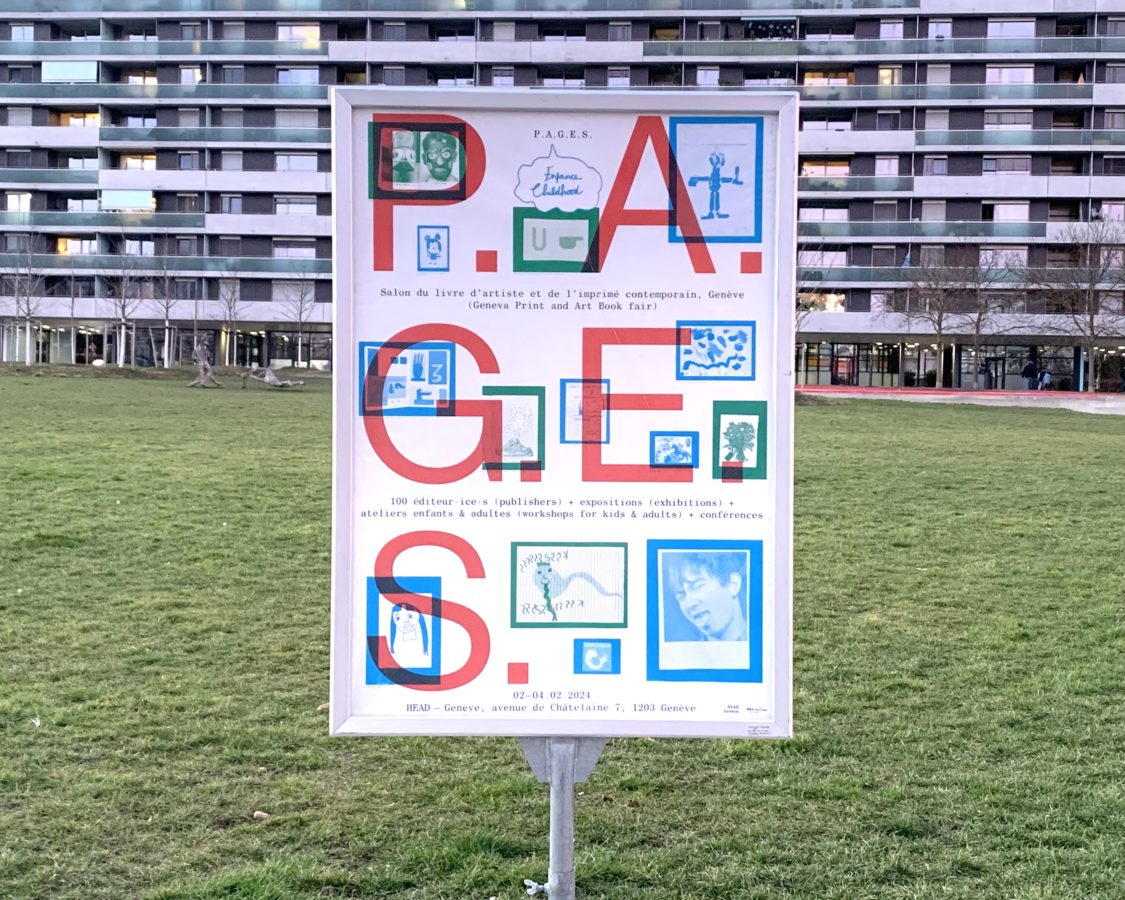
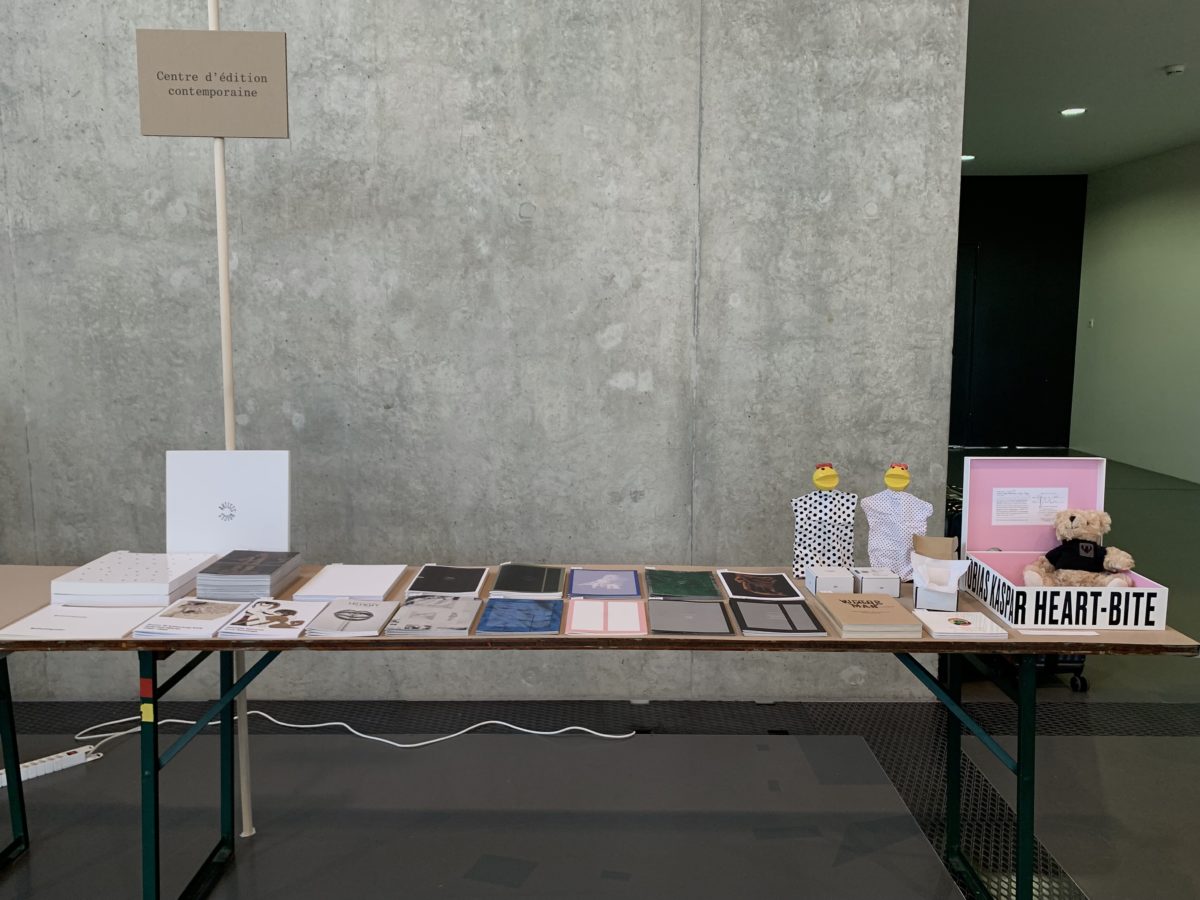
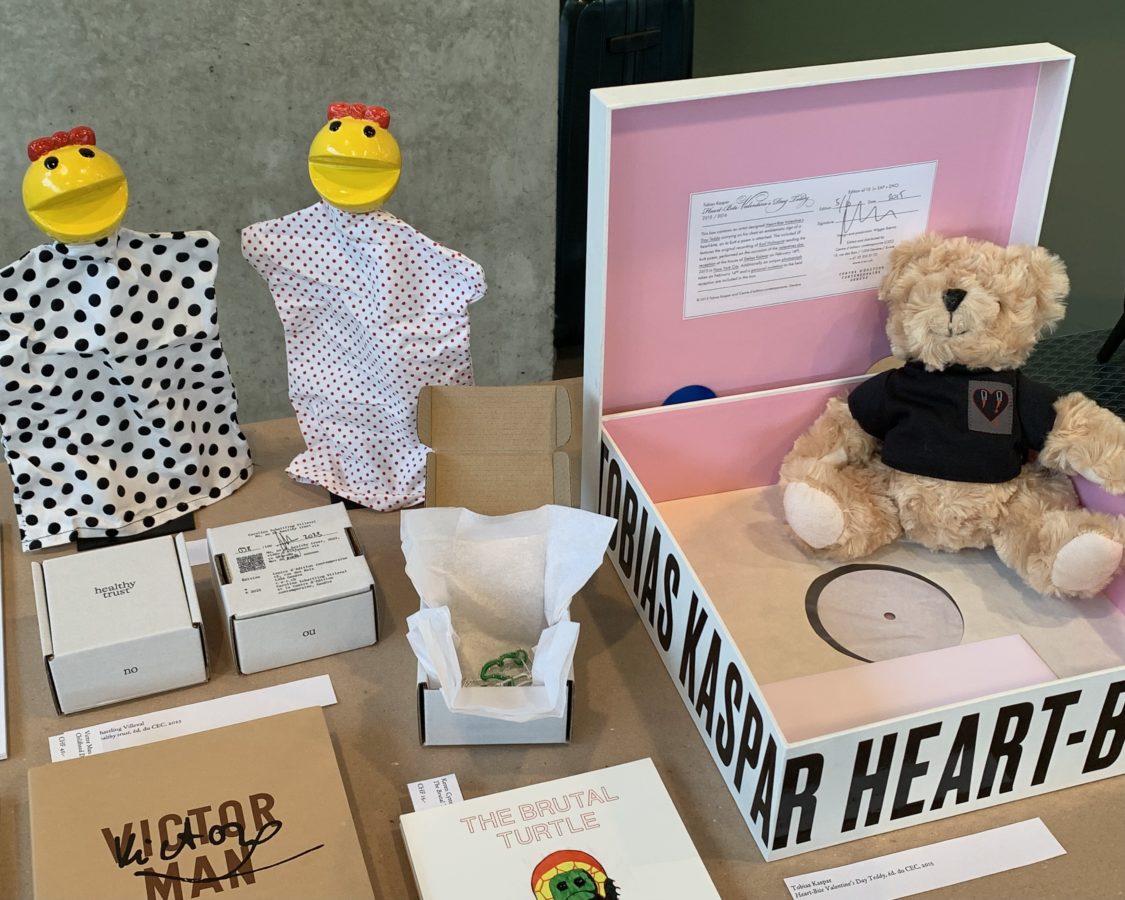
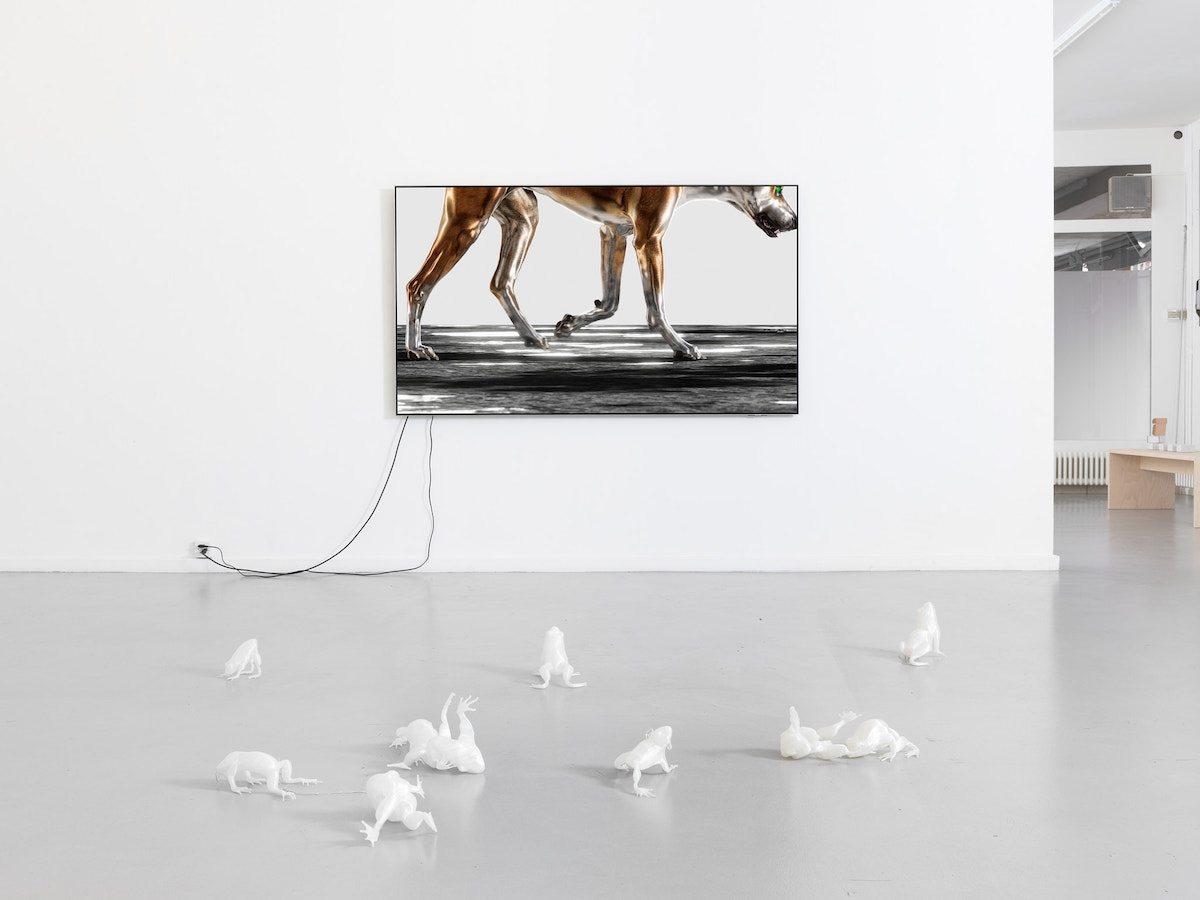
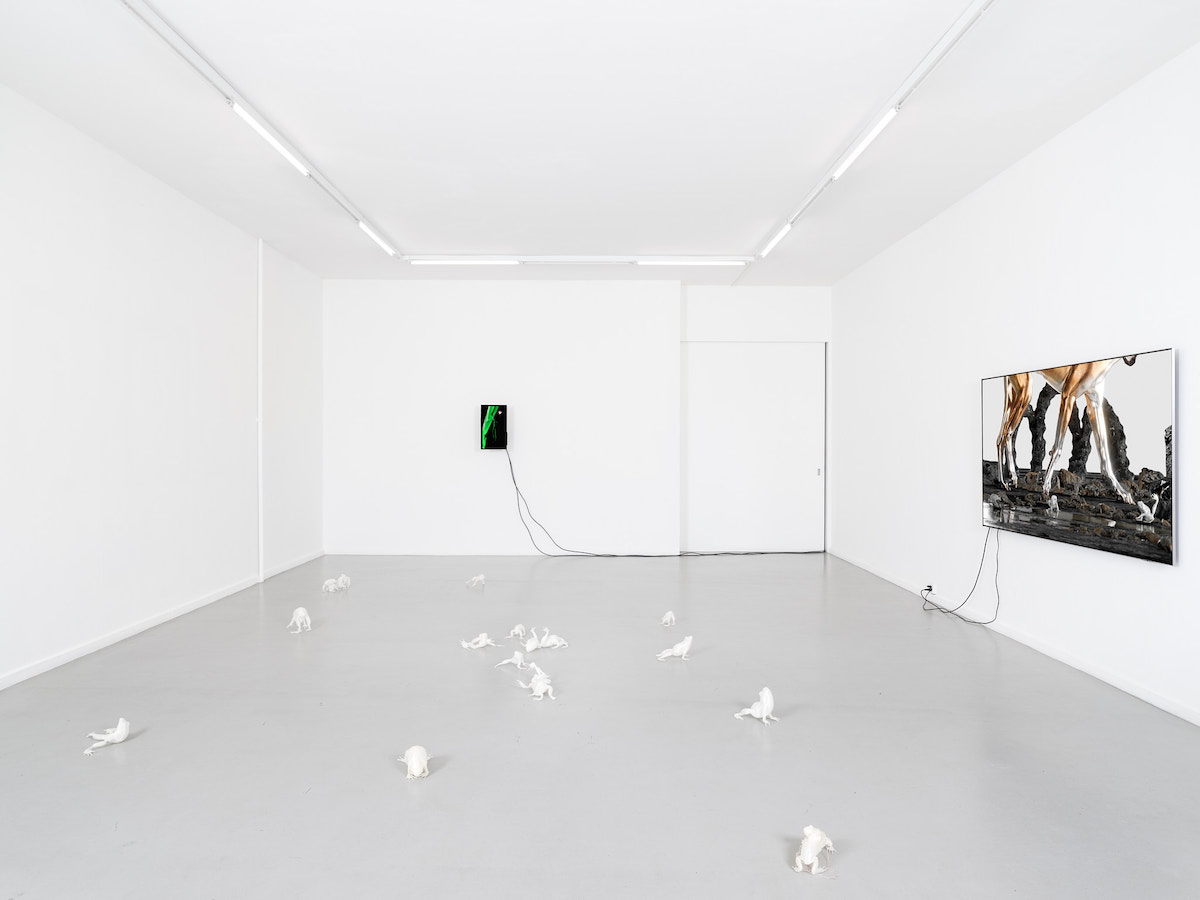
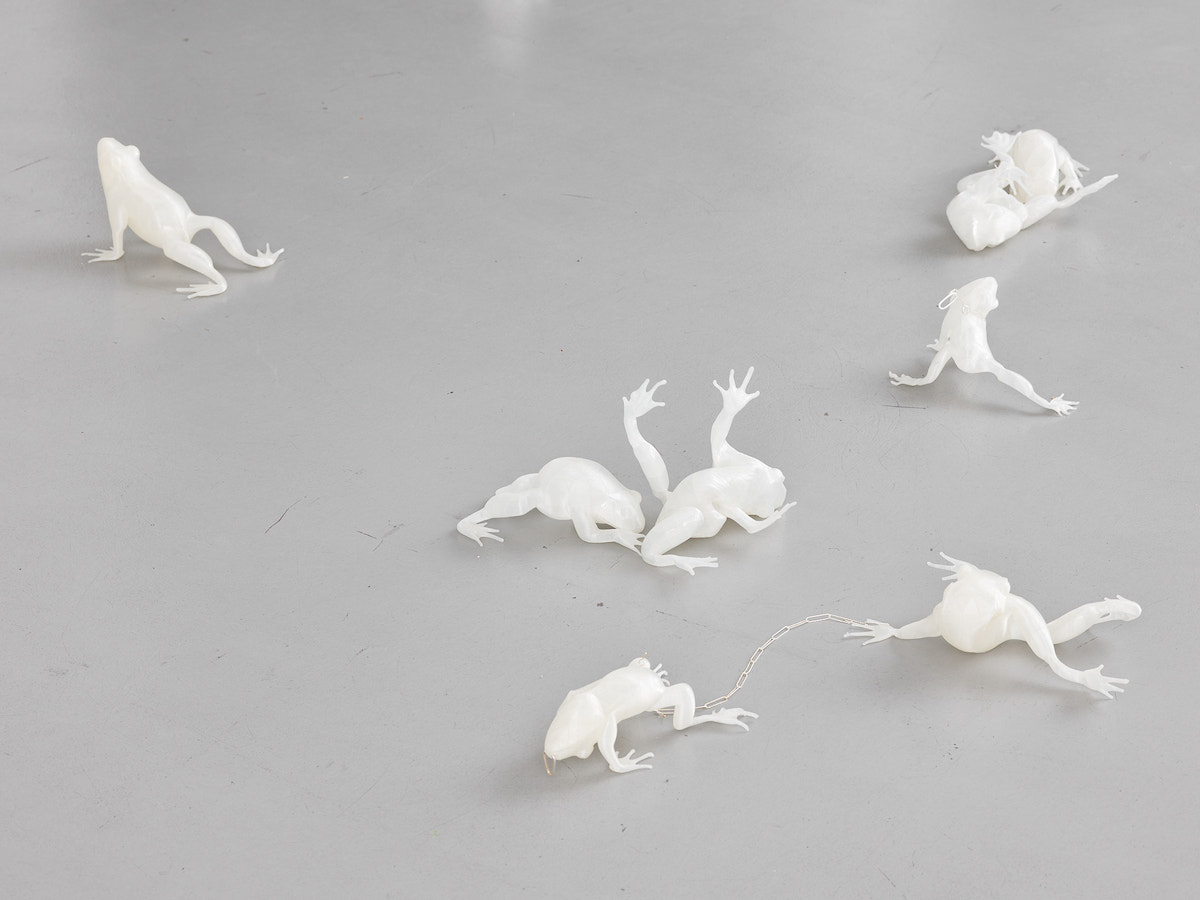
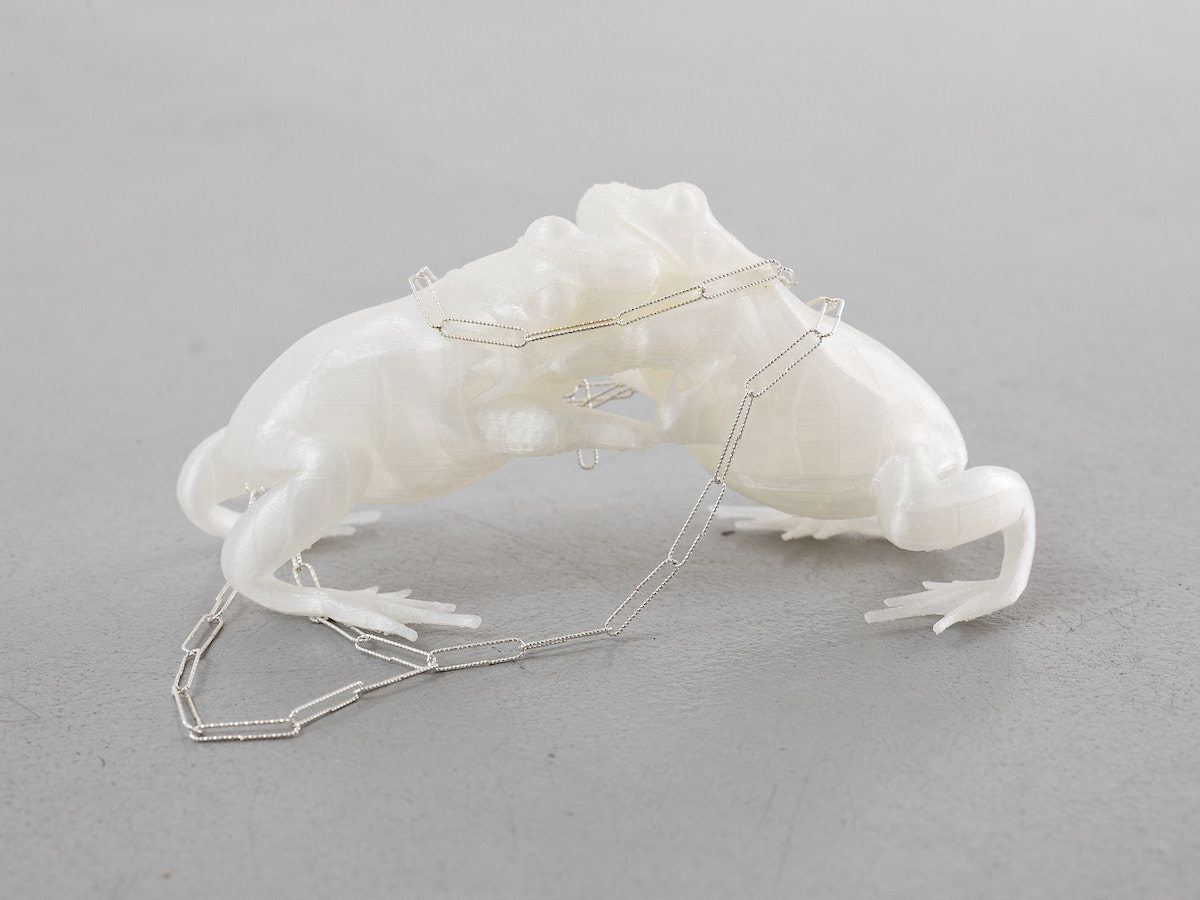
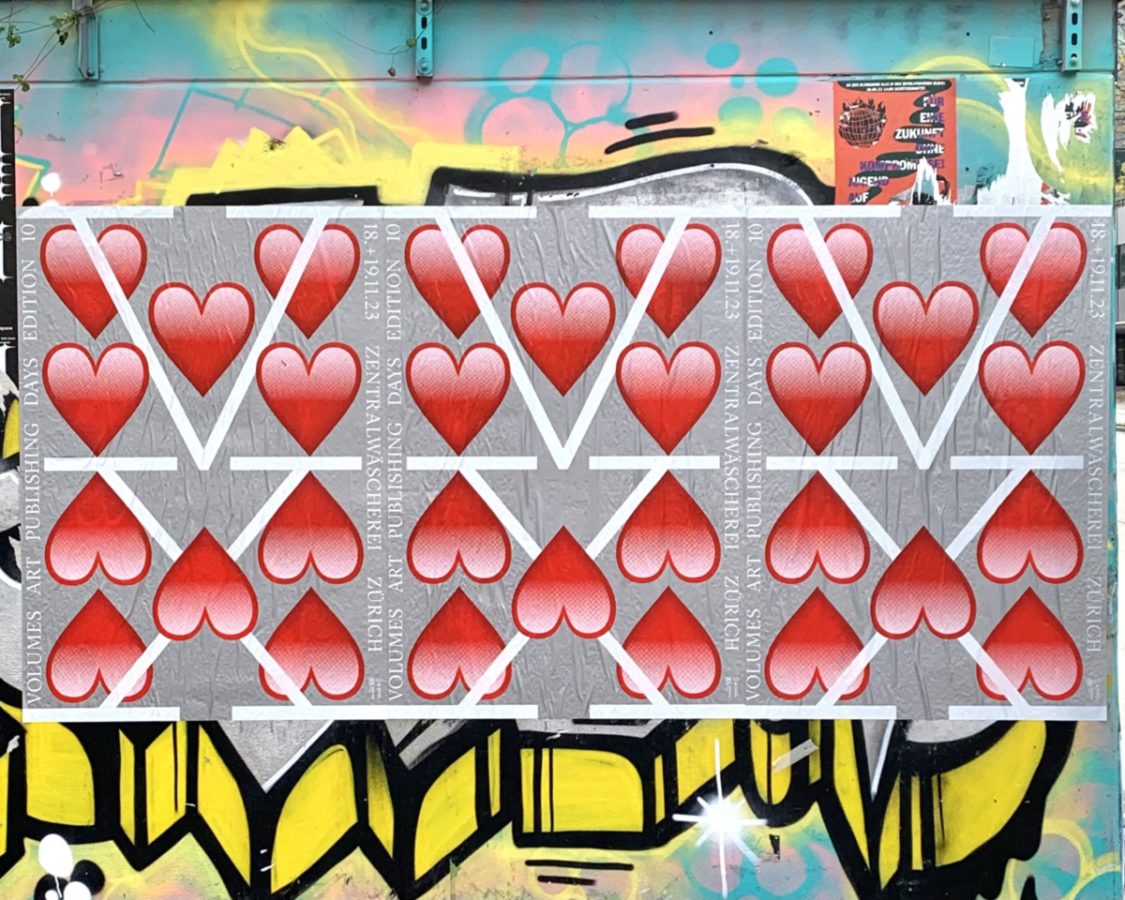
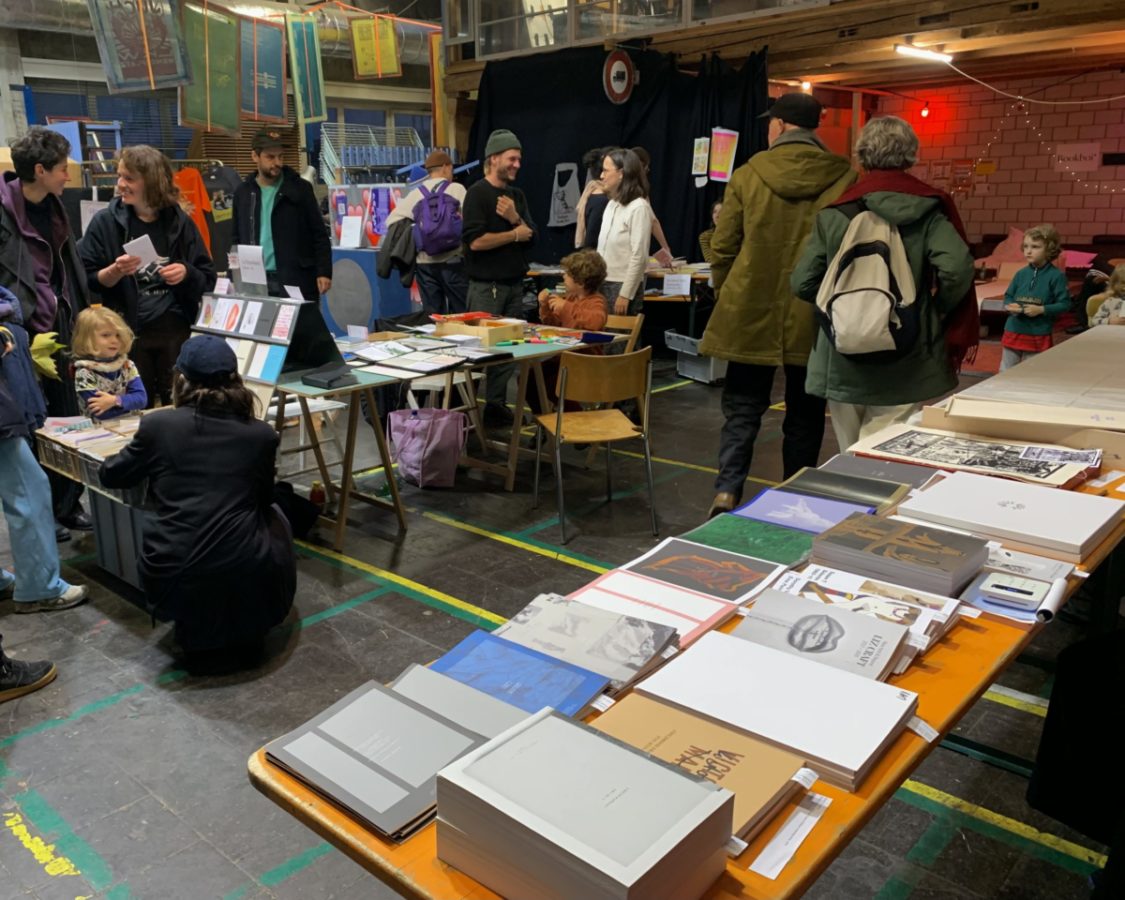
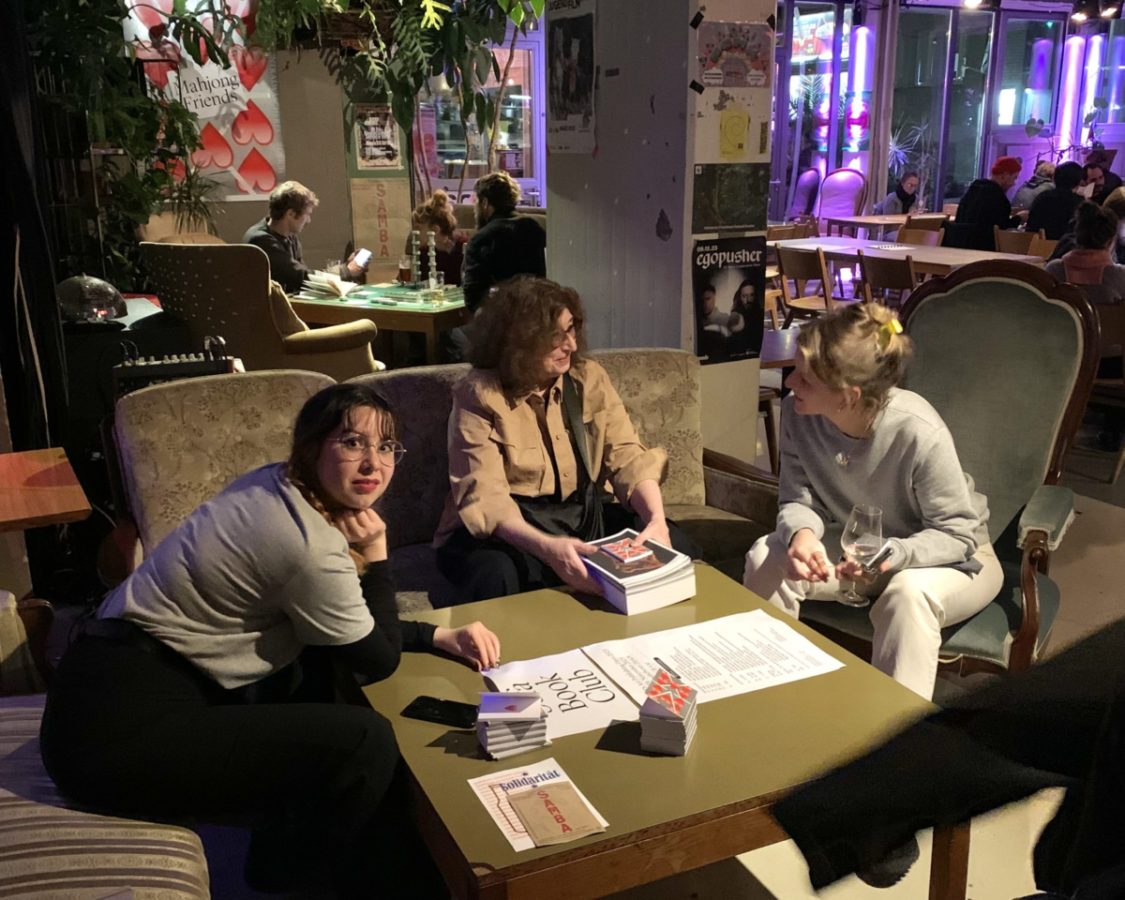
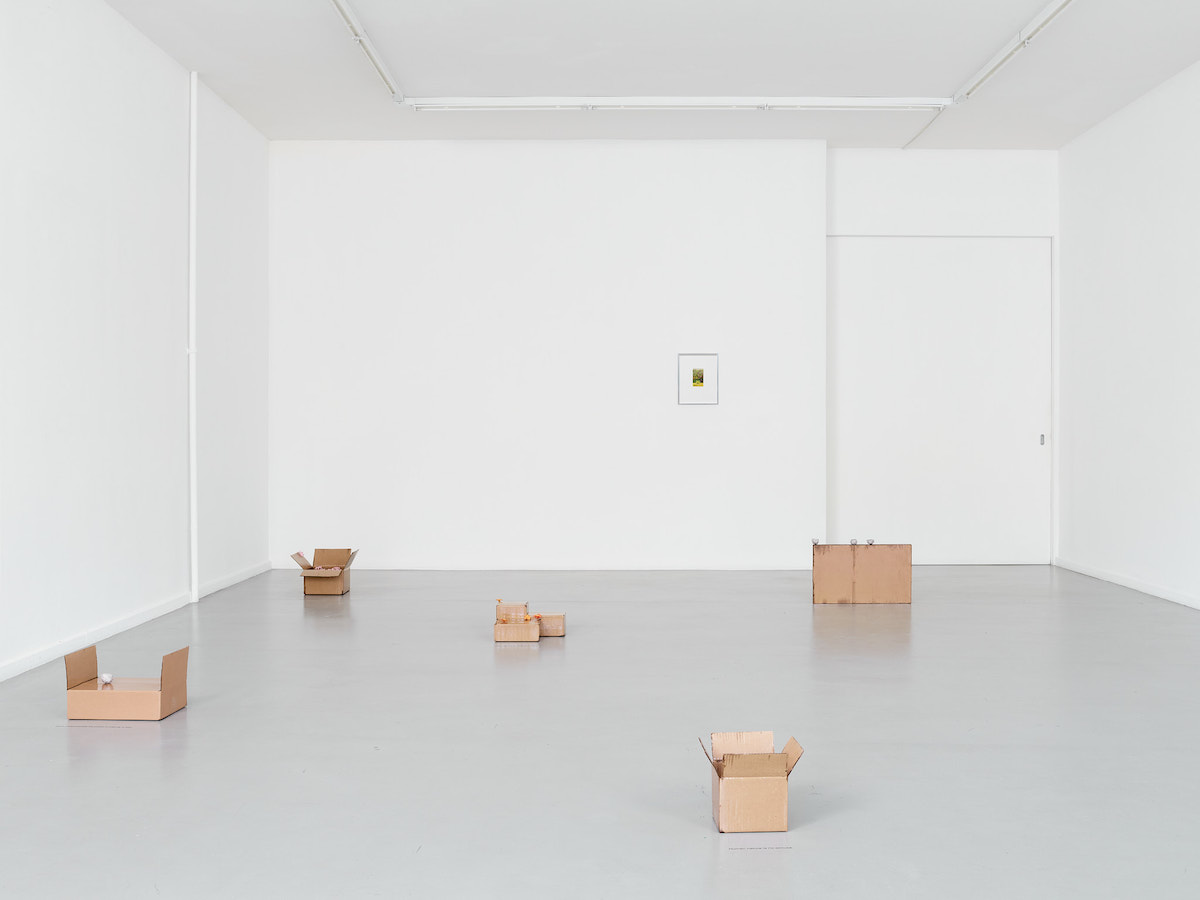
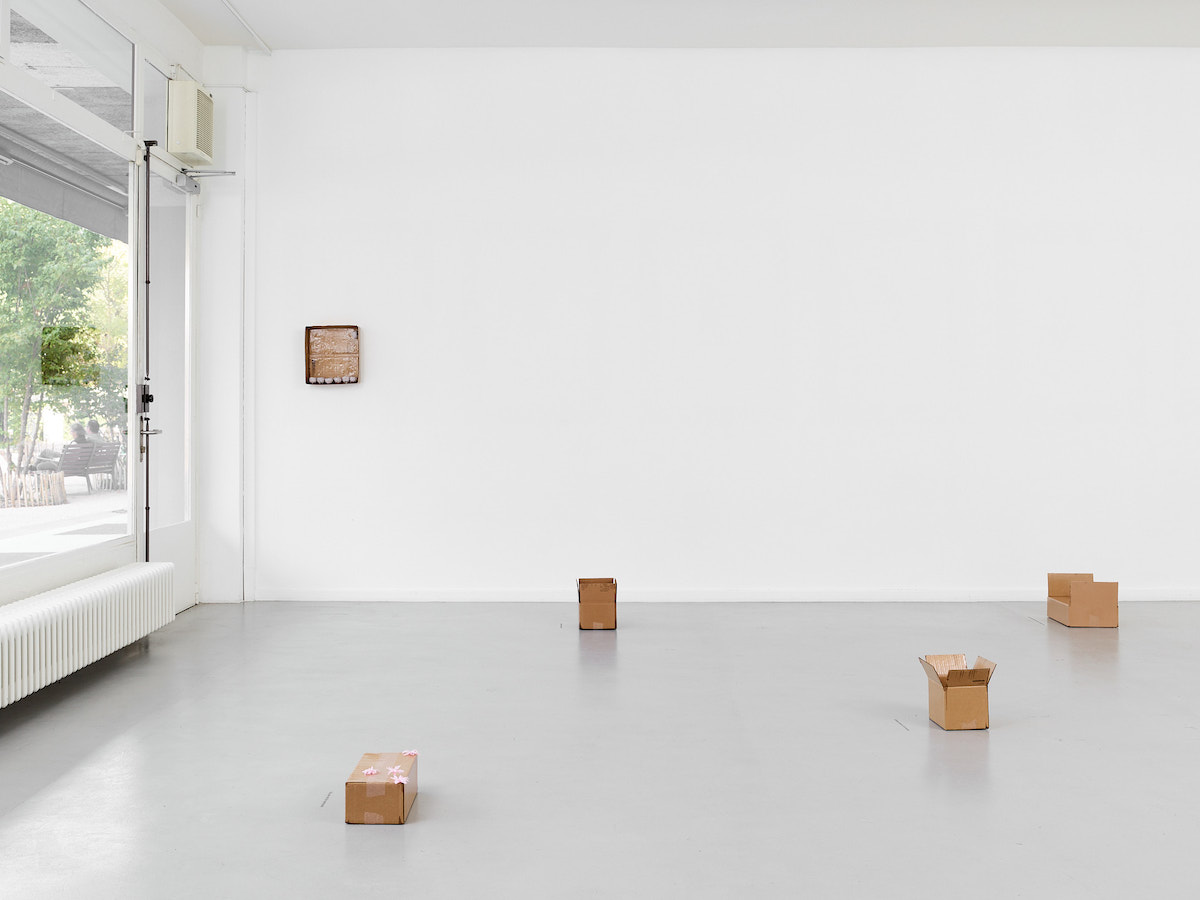
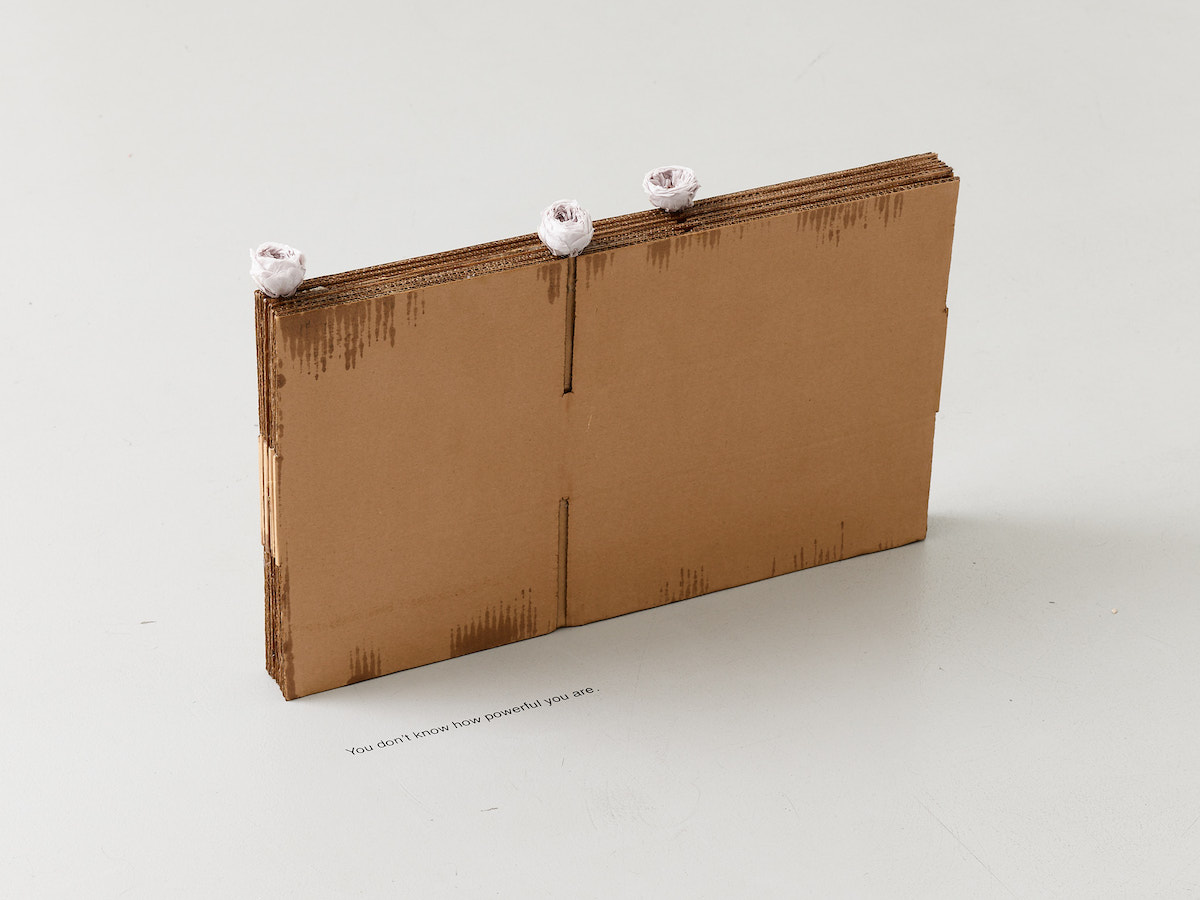
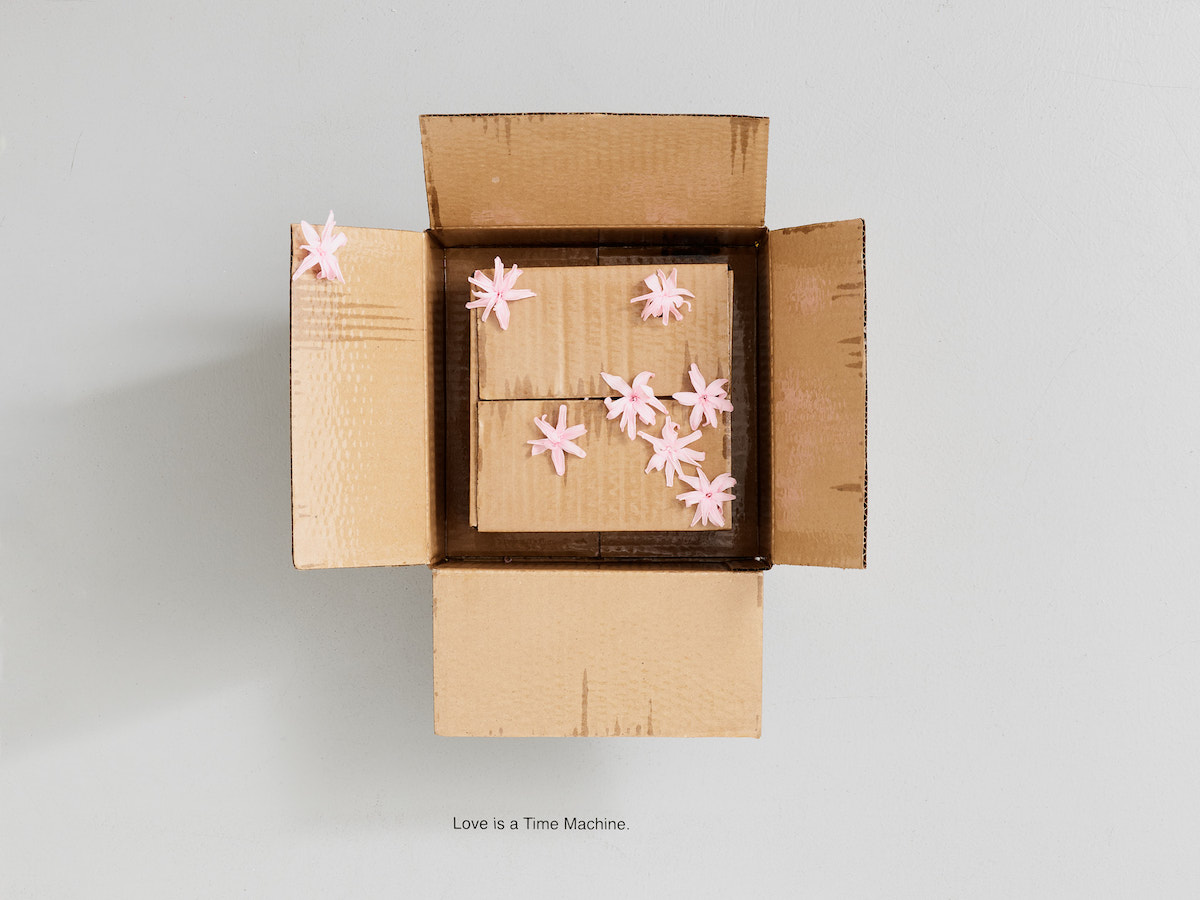
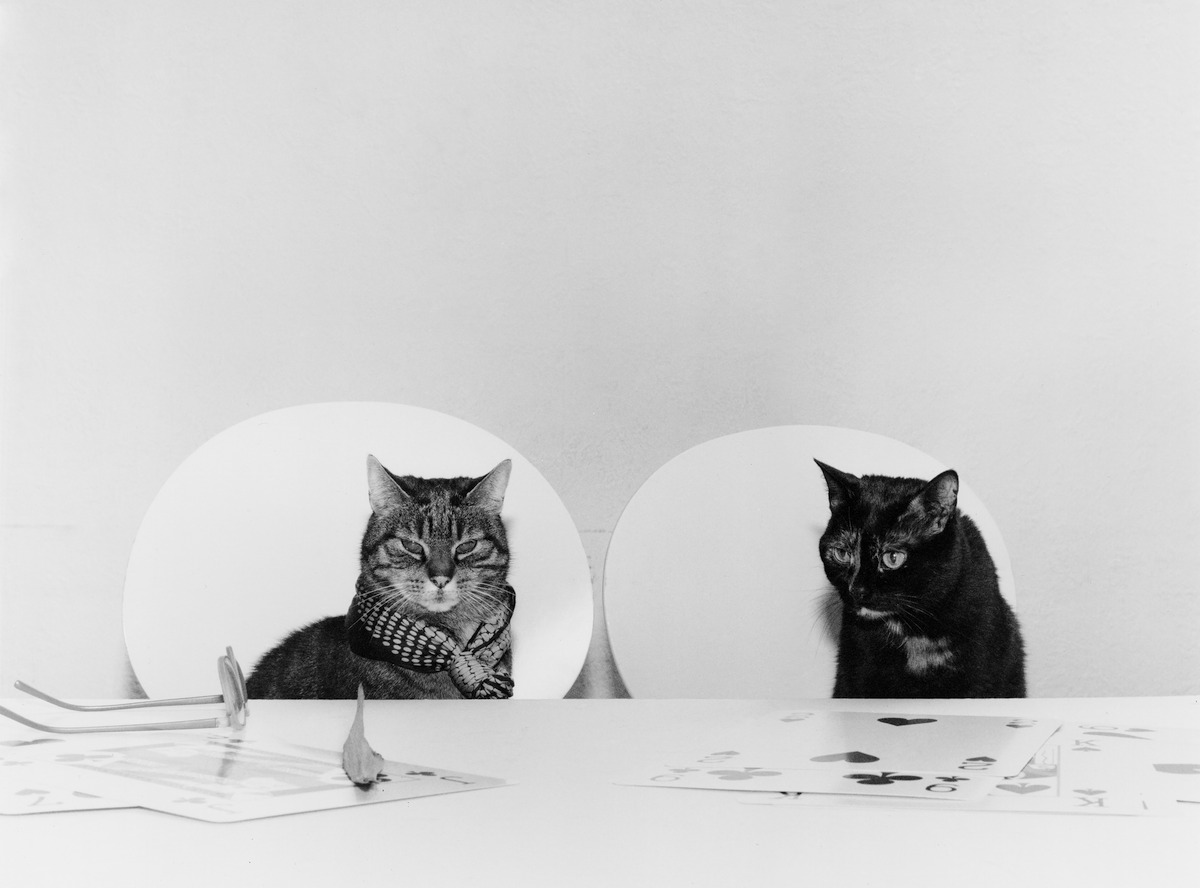
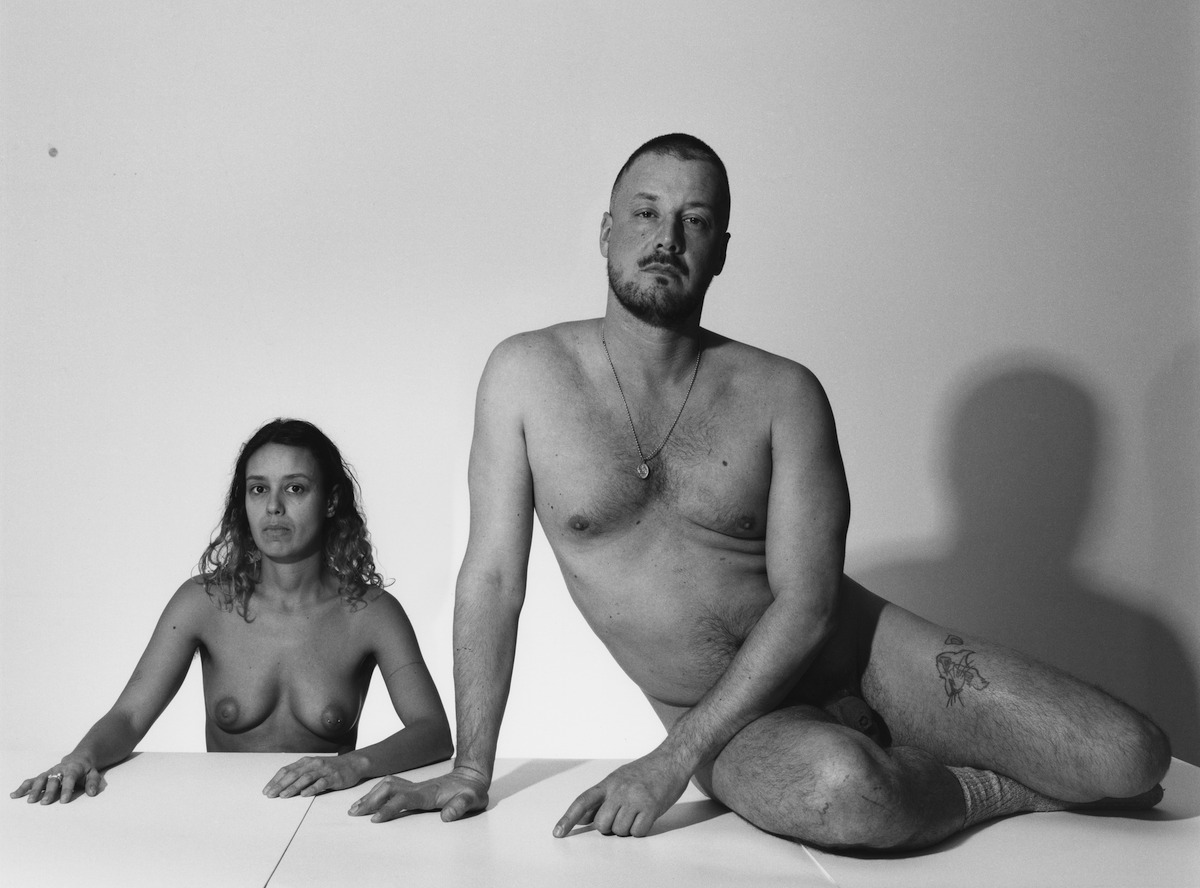
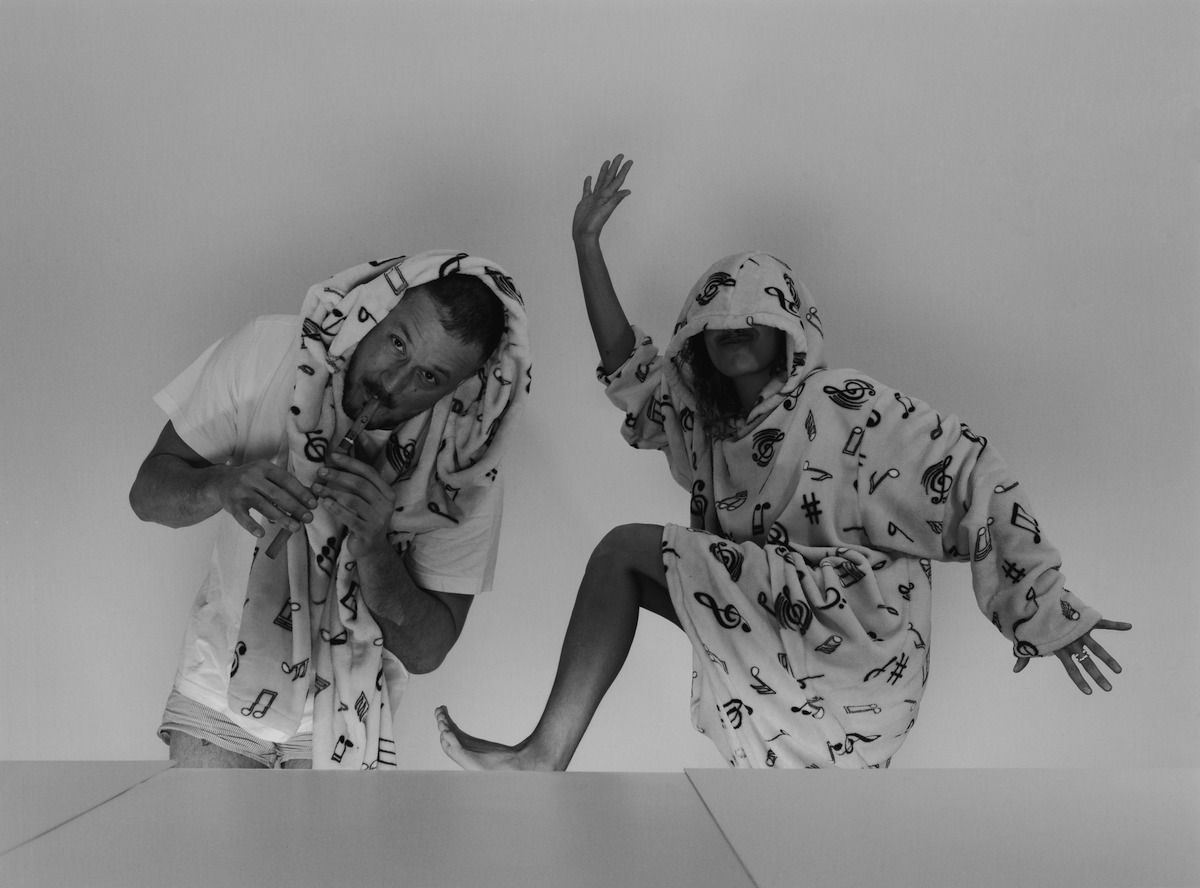
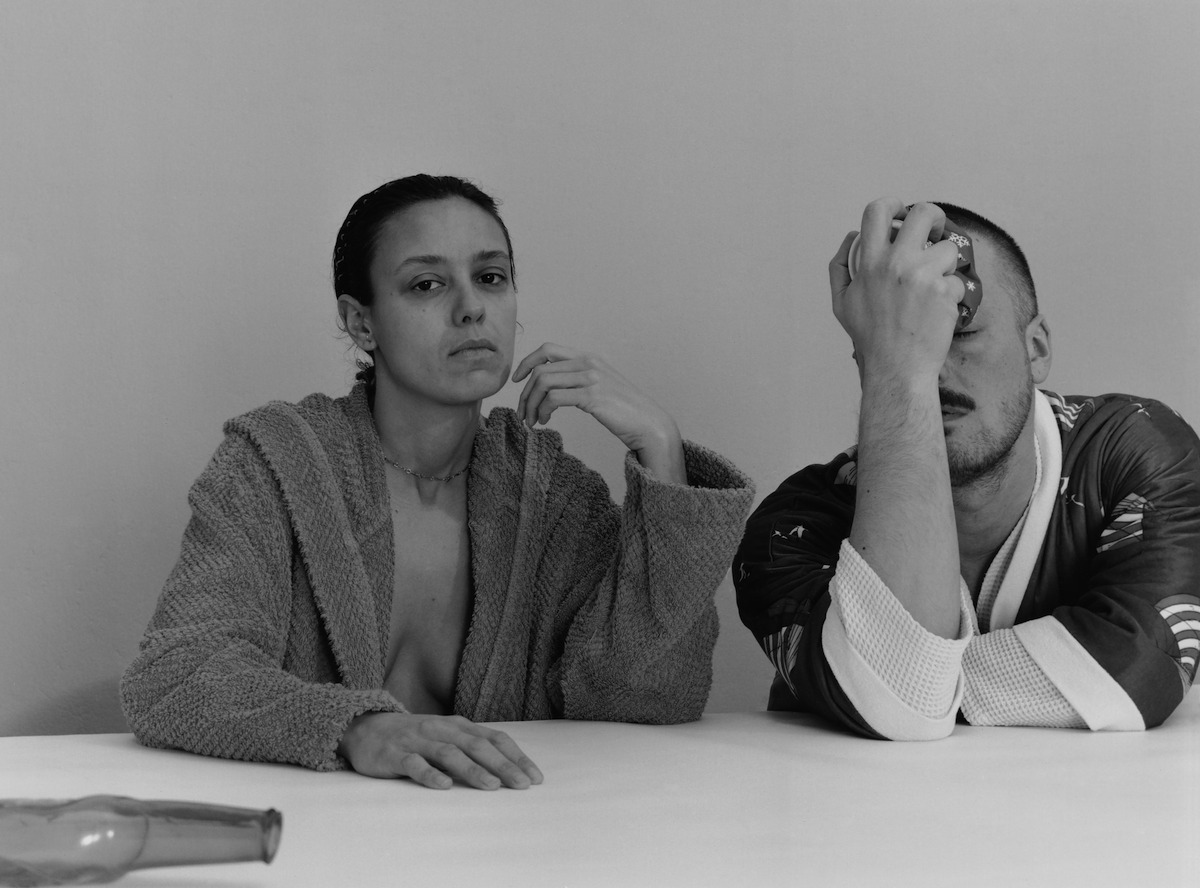
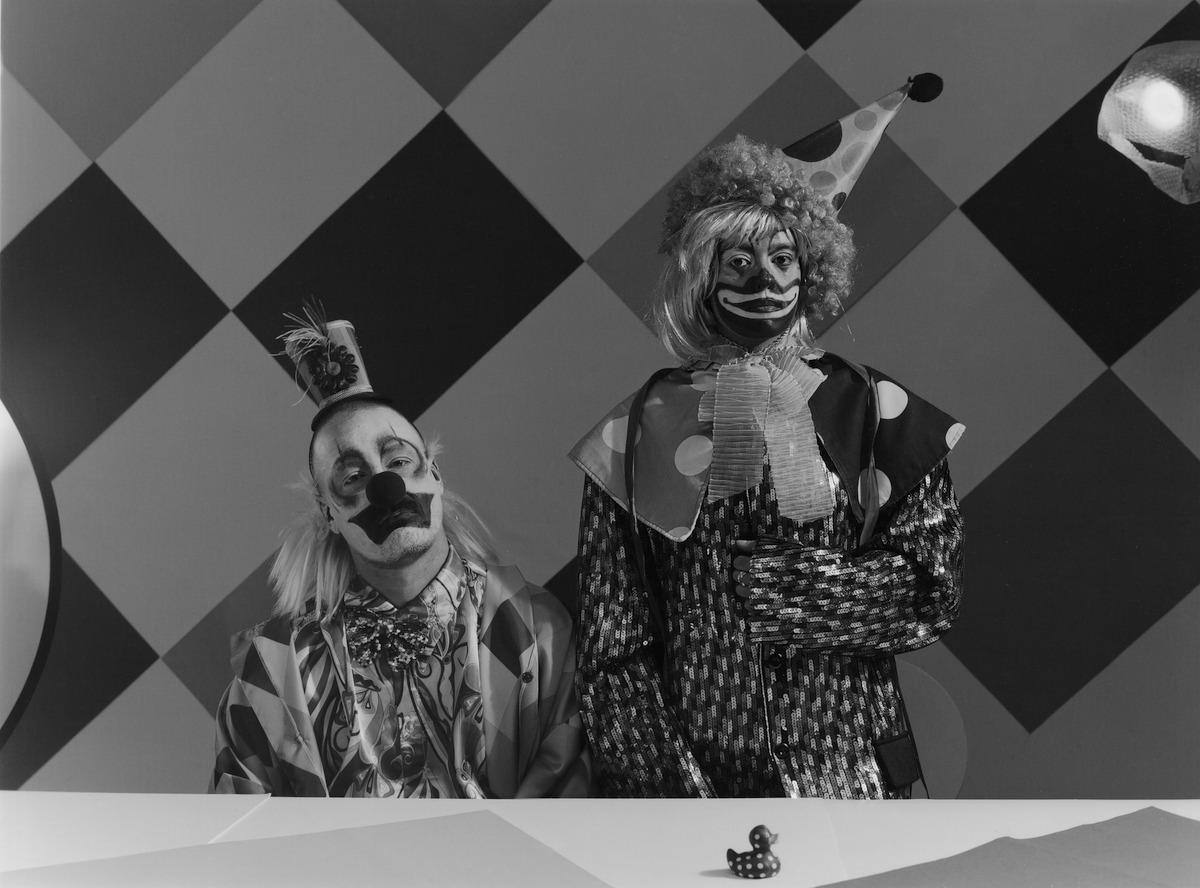
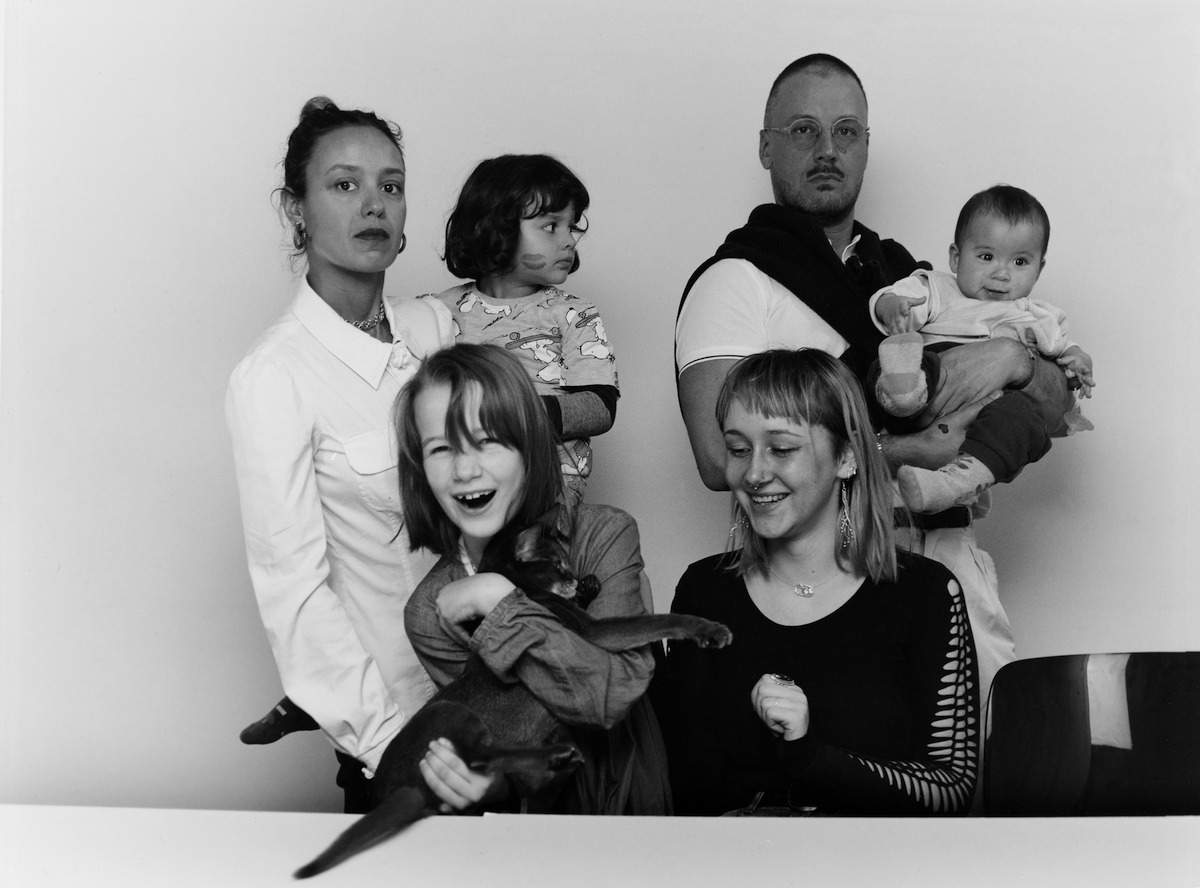
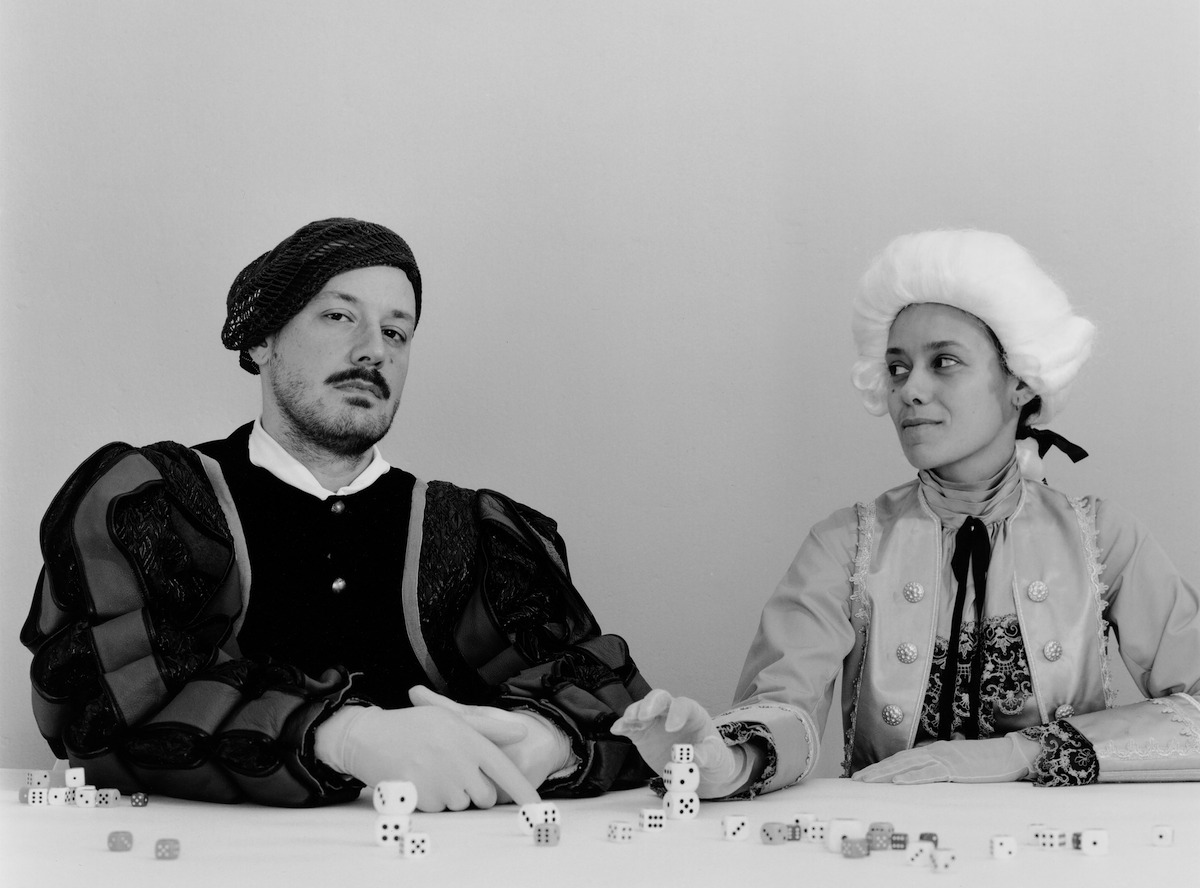
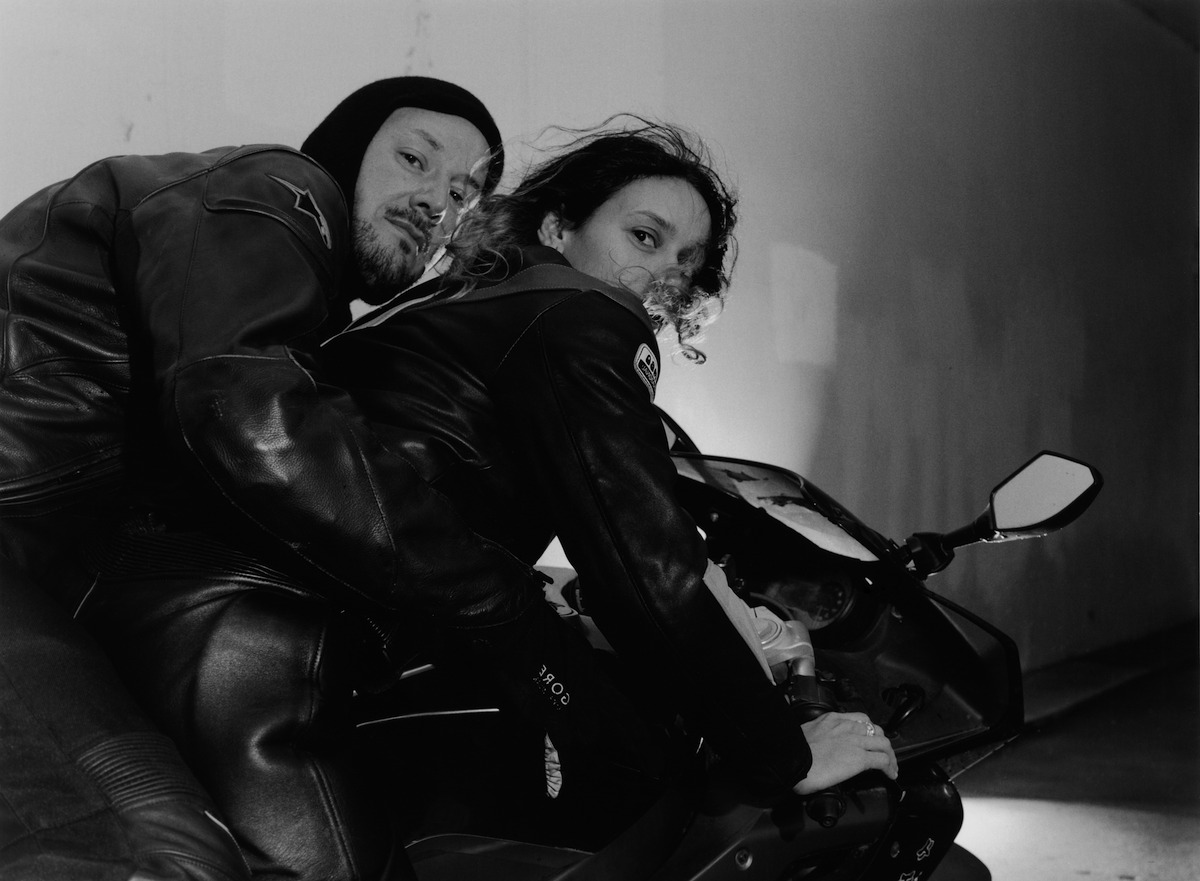
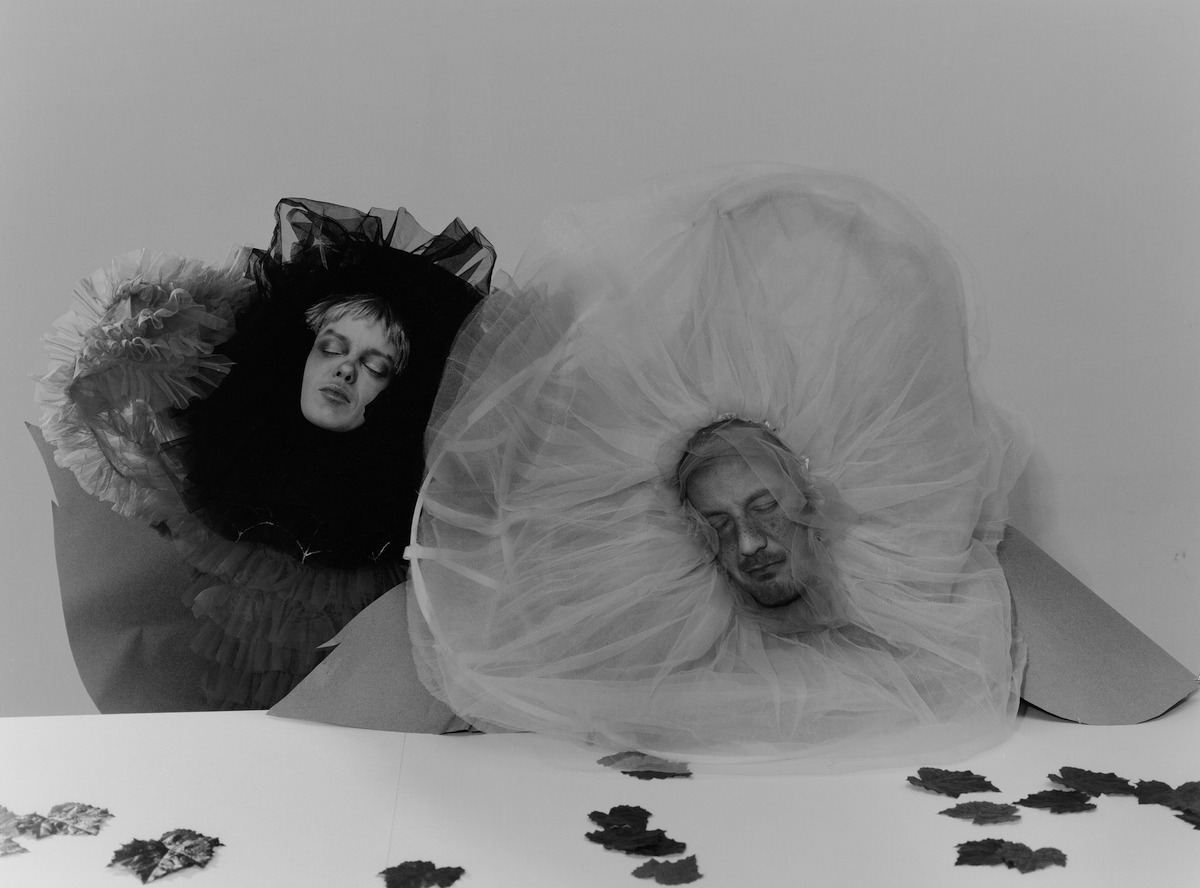
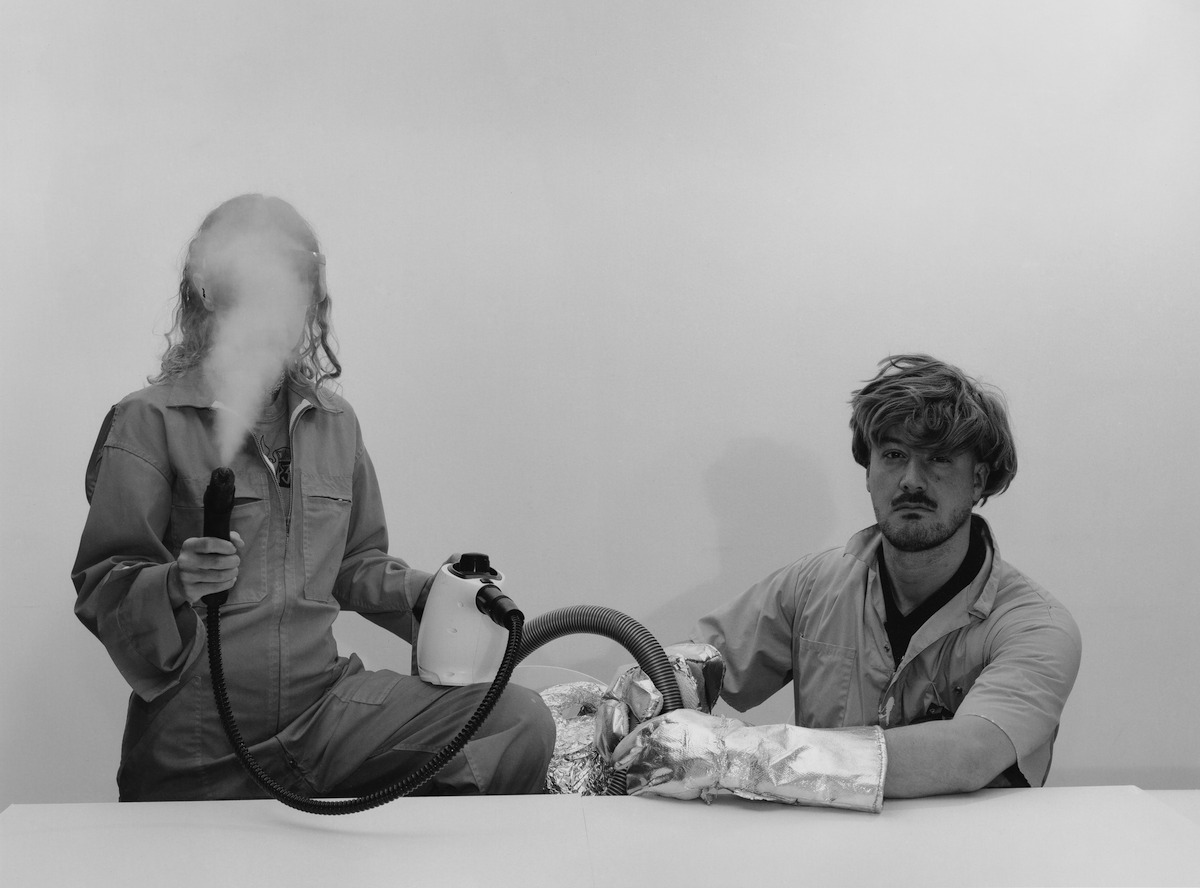
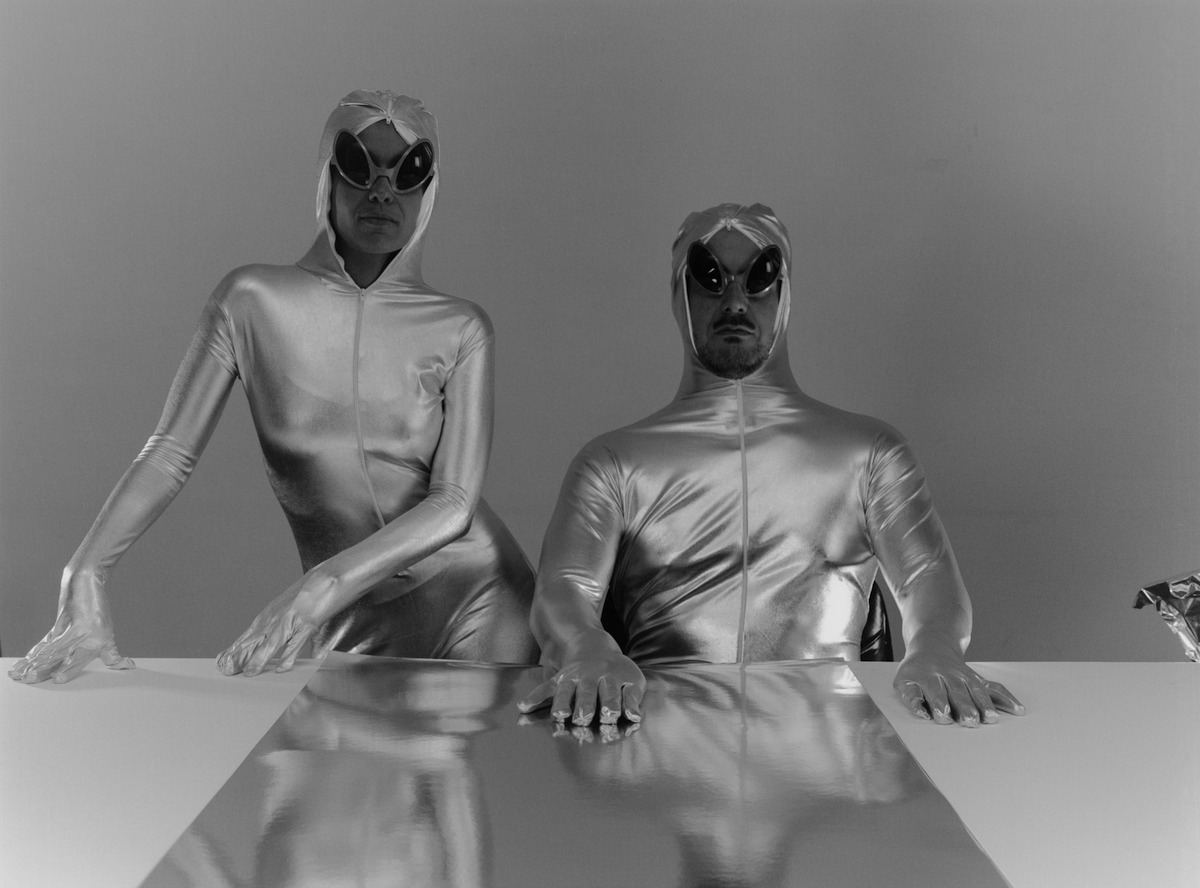
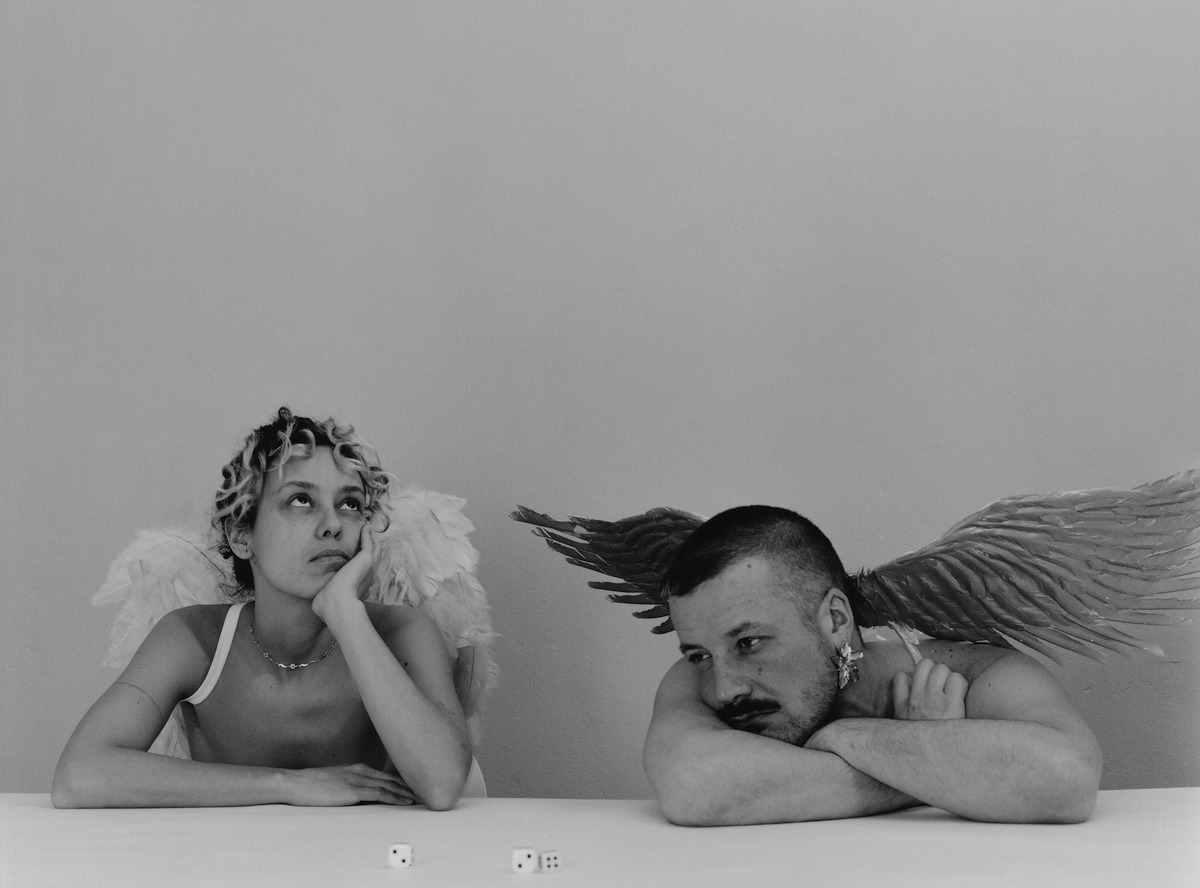
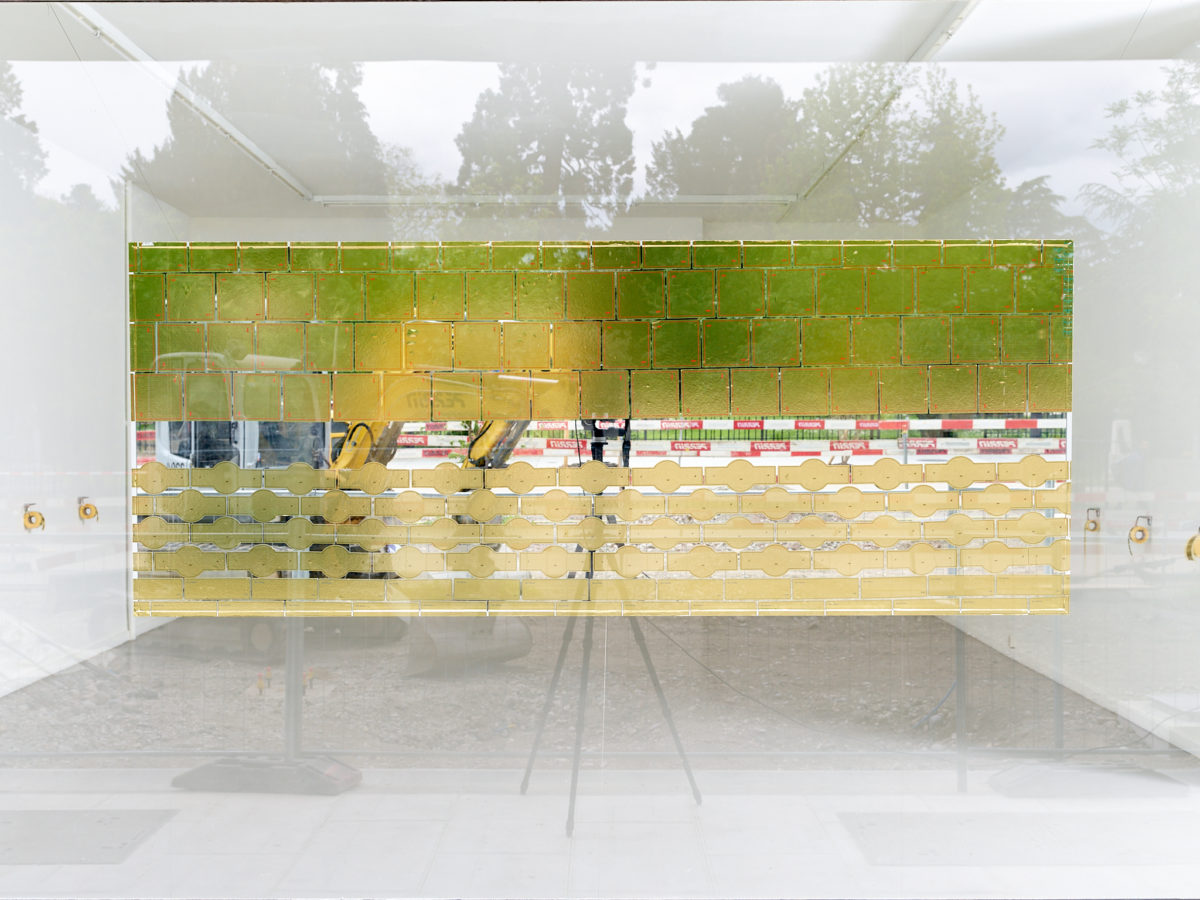
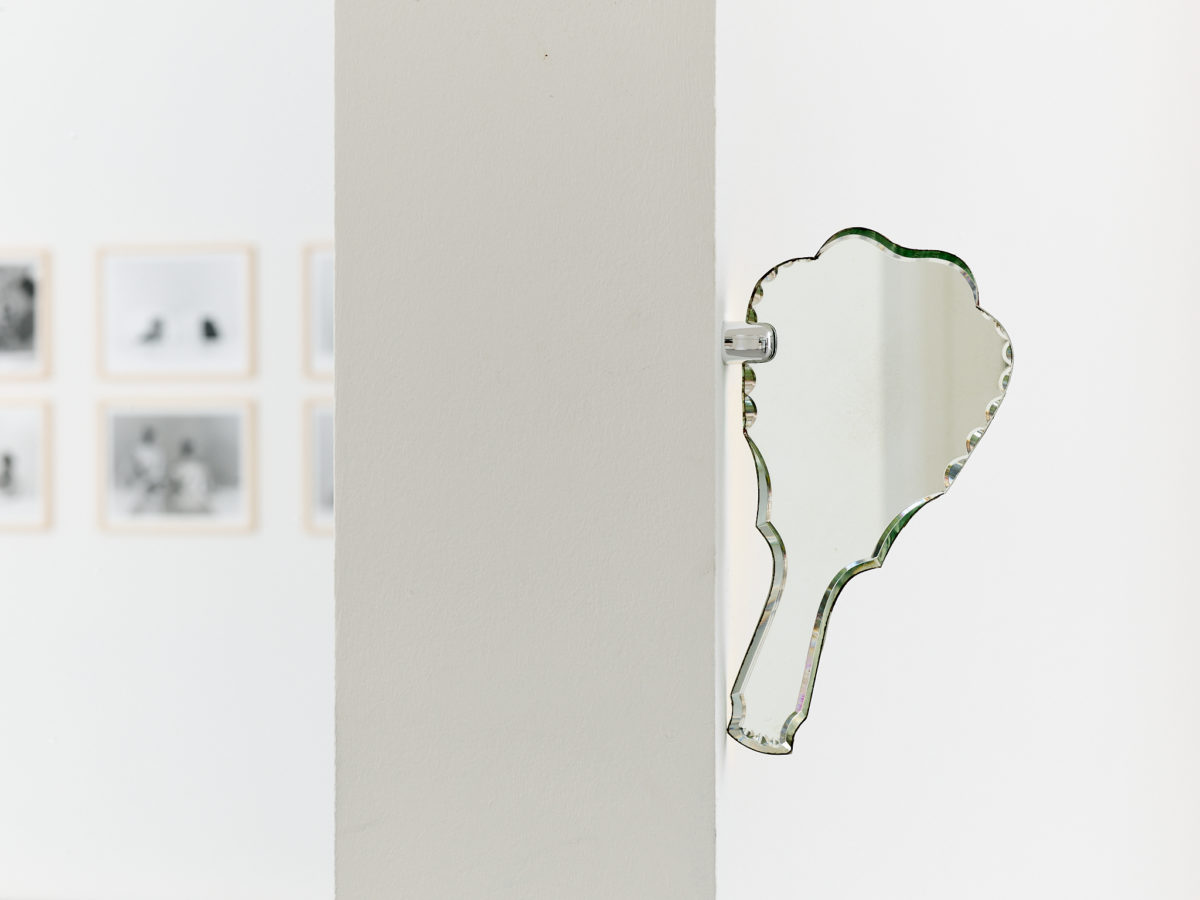
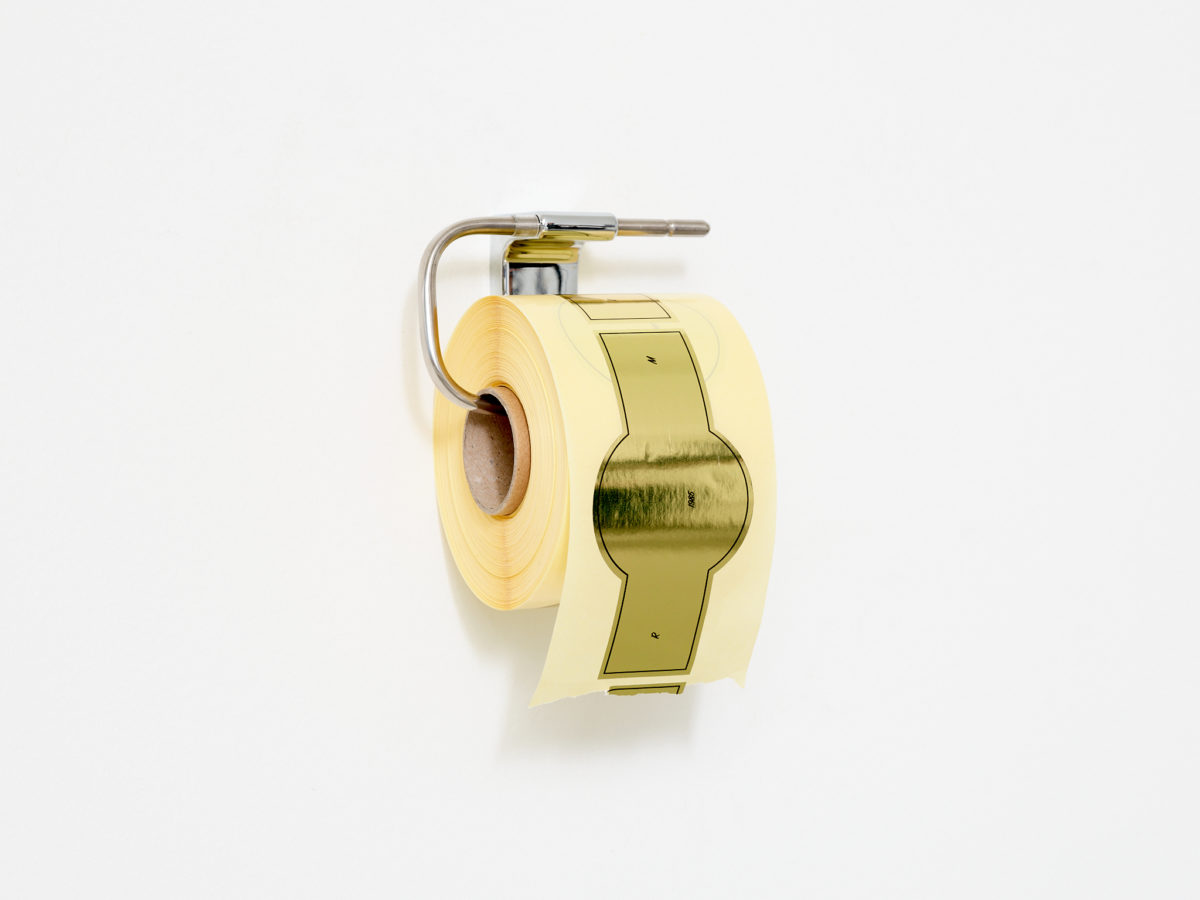
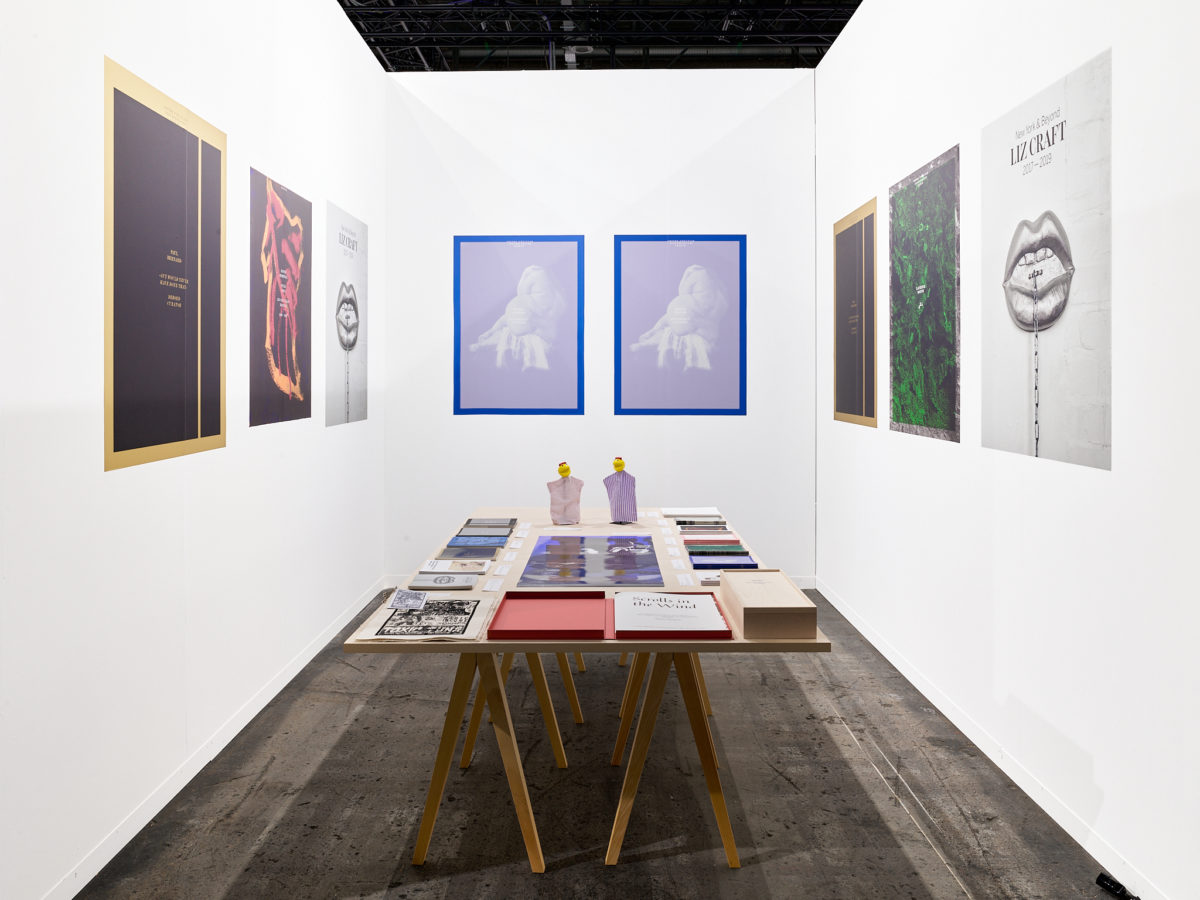
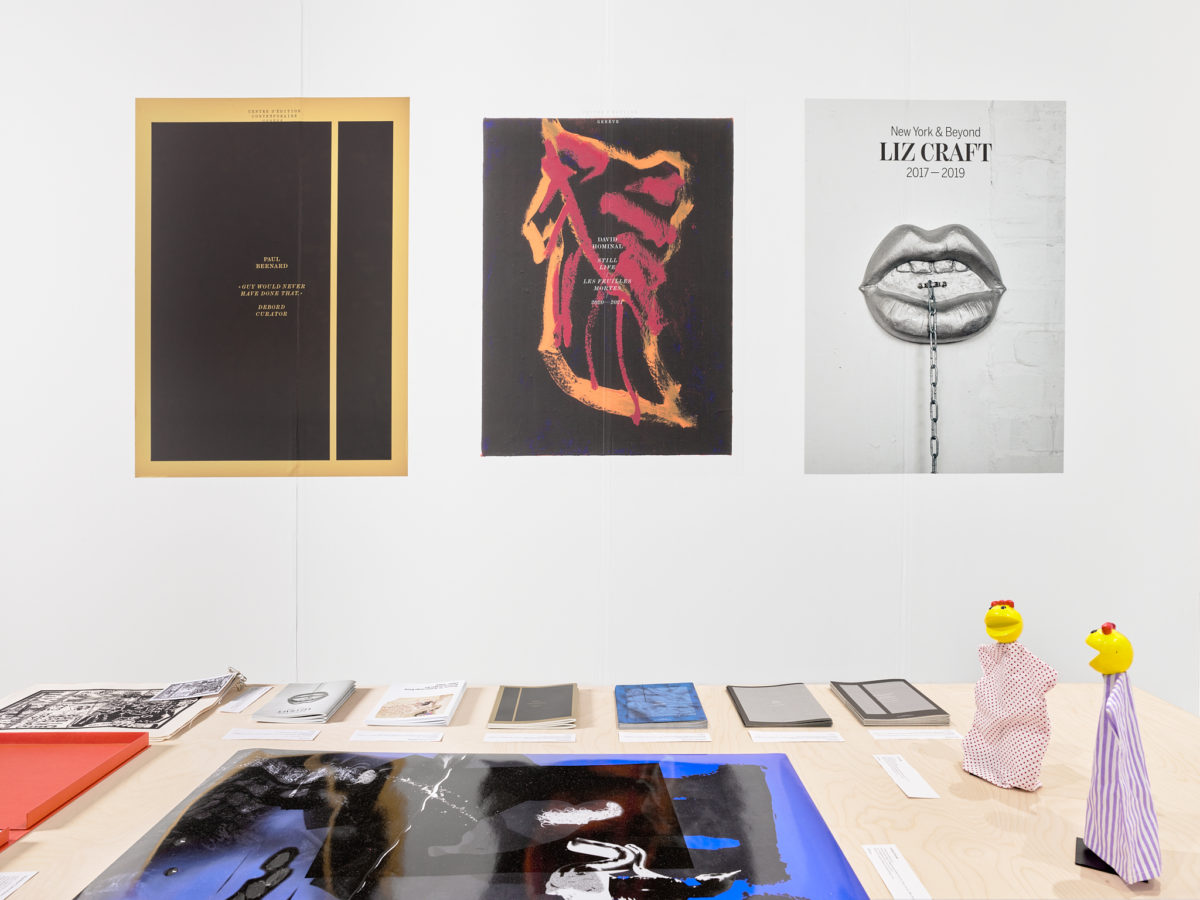
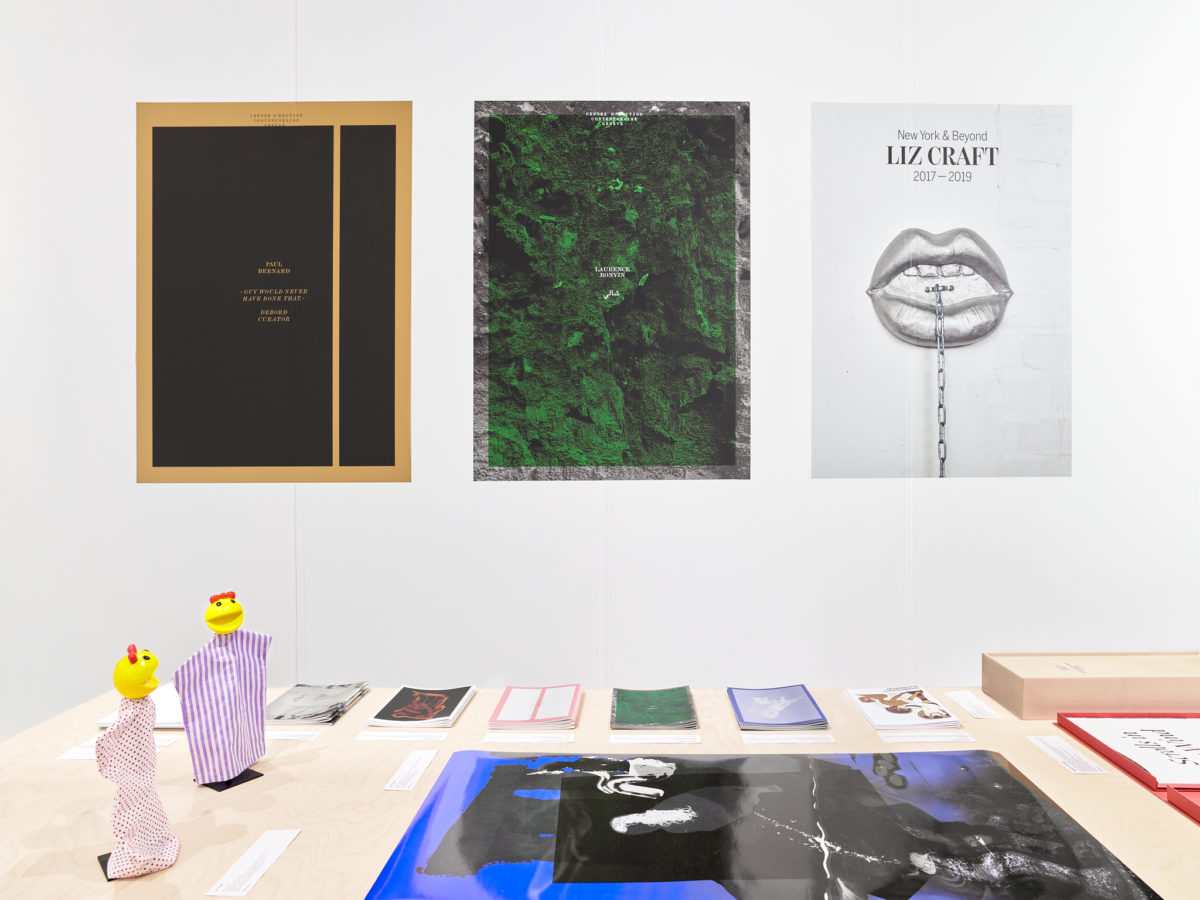
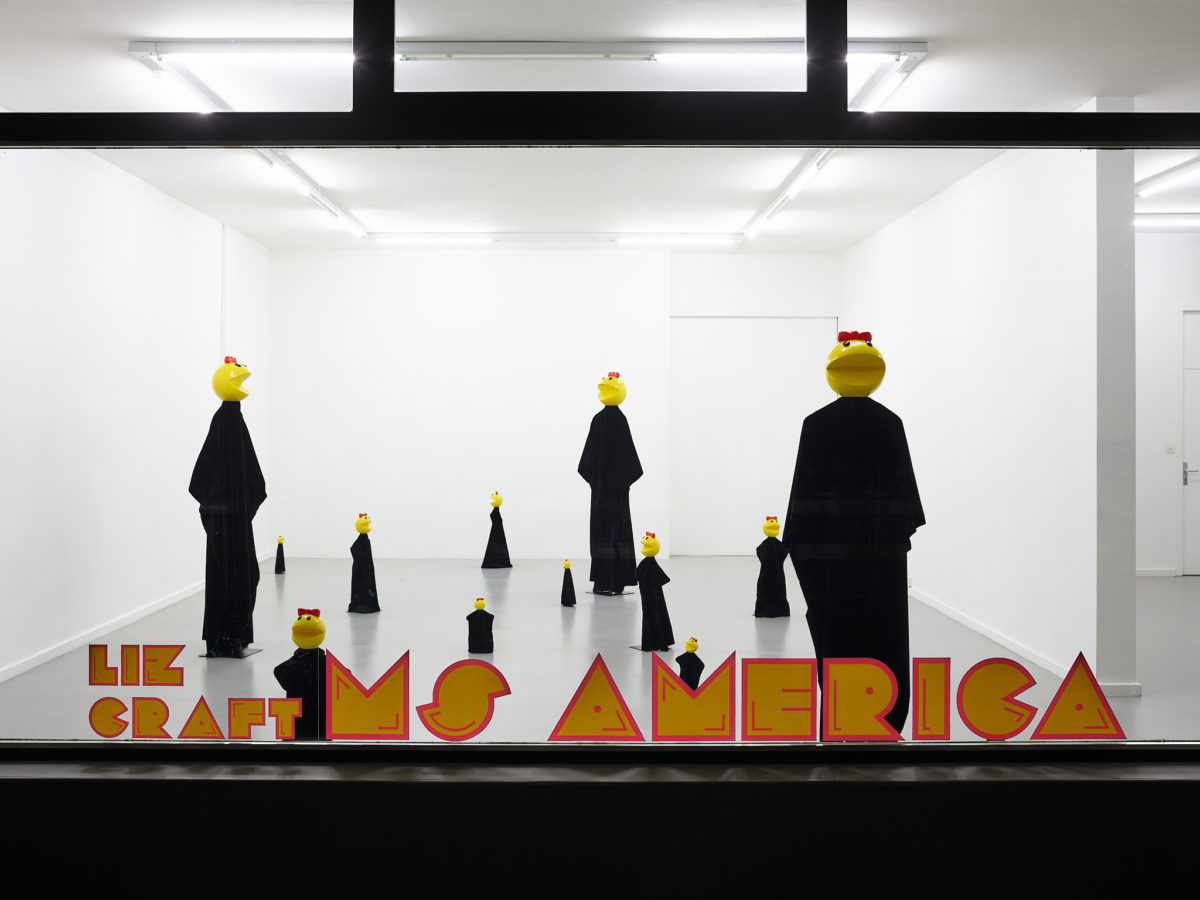
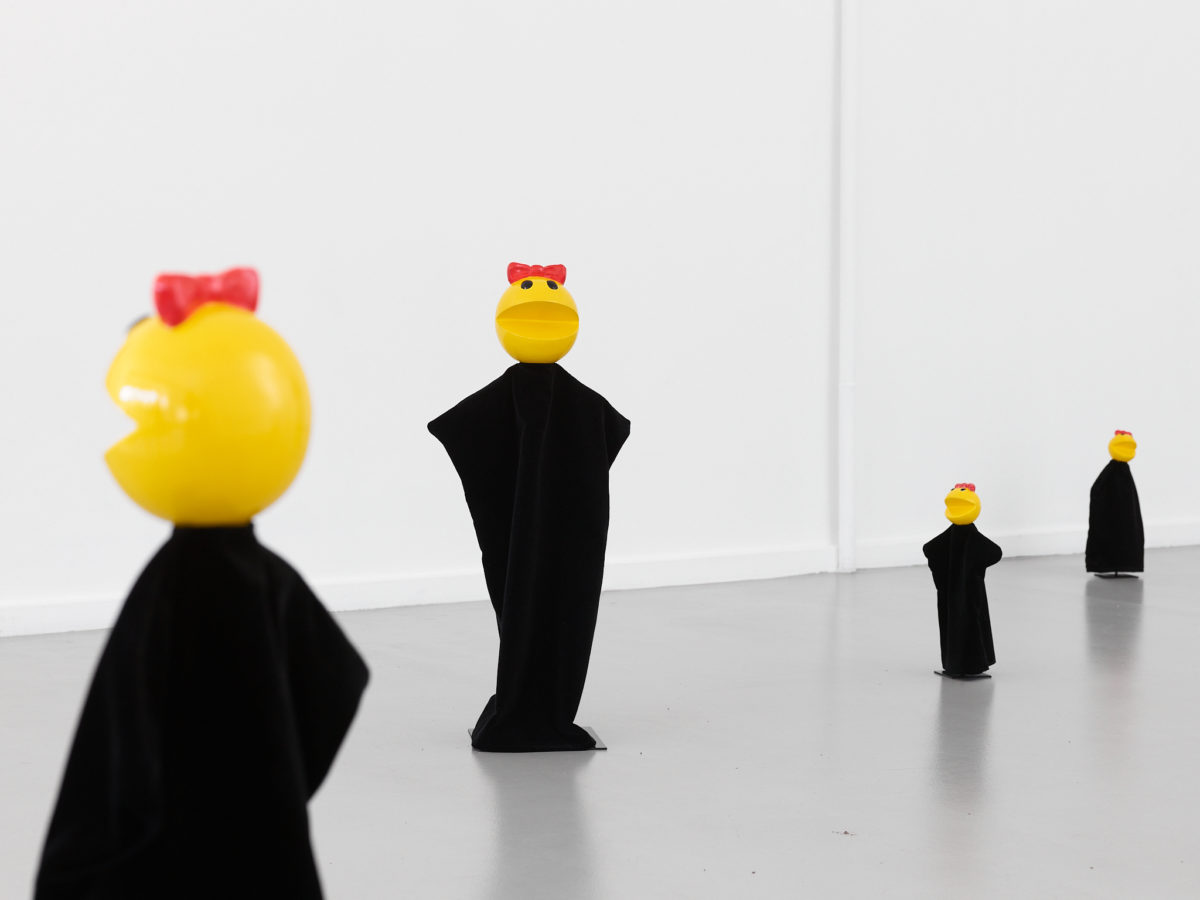
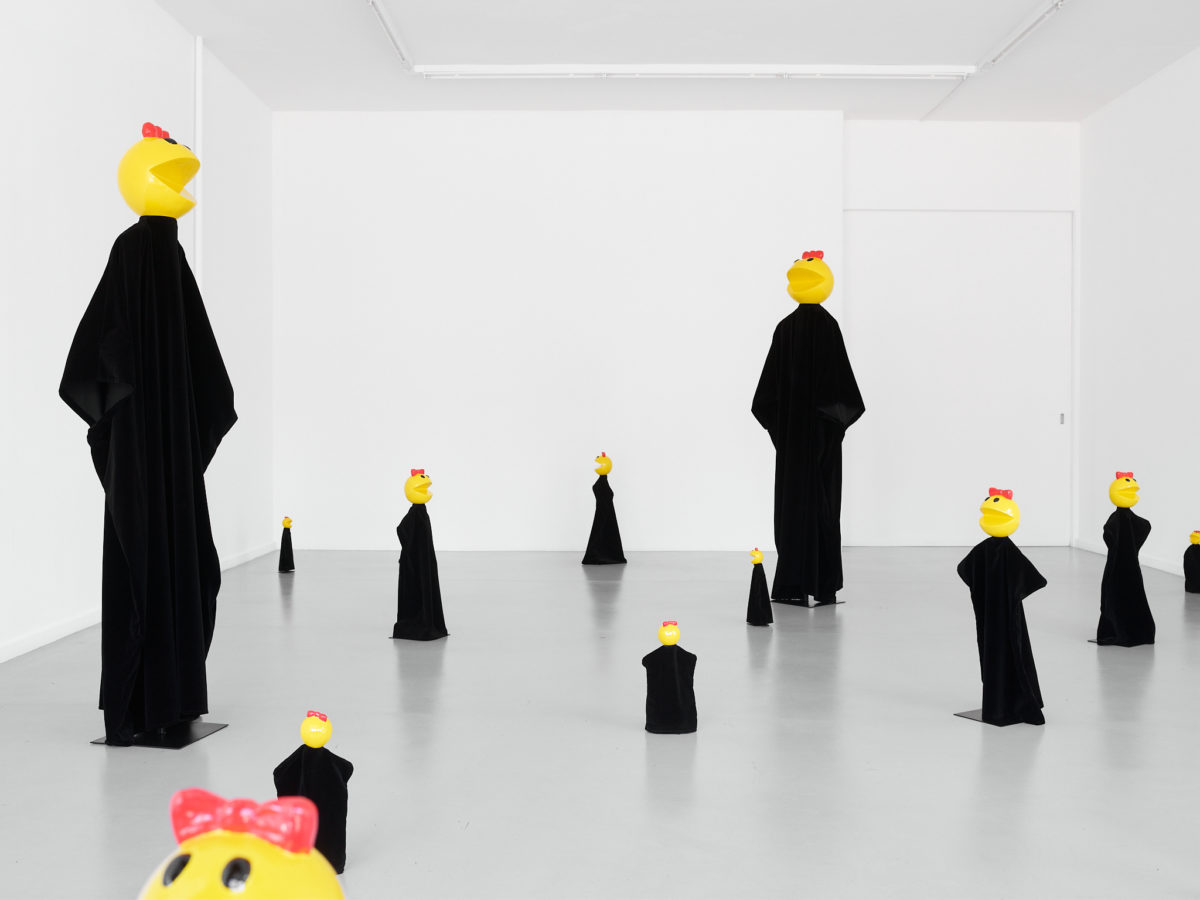
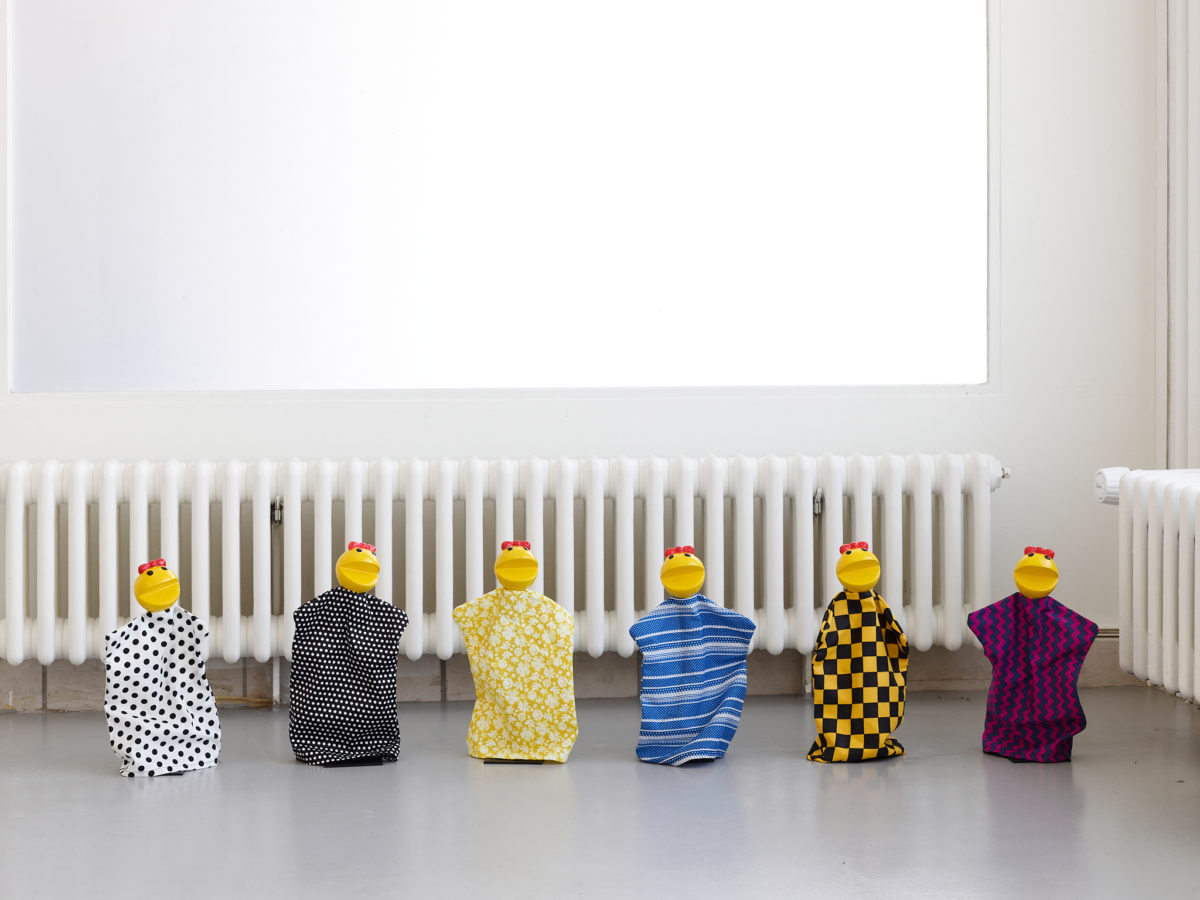
In 2021, the Centre d’édition contemporaine published New York & Beyond, 2017-2019, which brings together a selection of the artist’s works presented in the United States or Europe, as well as photographic memories of lived situations, encounters and intimate family moments. So many memories captured by Liz Craft and her entourage between 2017 and 2019. The 40-page brochure, a kind of diary in images, covers the three years that the artist spent in New York.
Liz Craft, New York & Beyond, 2017 – 2019, publication, digital printing, colour, 40 pages, 15 x 21.2 cm, 500 copies, stapled binding. Text: Paul-Aymar Mourgue d’Algue (English). Graphic design: Niels Wehrspann, Lausanne. Edition by the Centre d’édition contemporaine, Geneva, 2021.
As a follow-up to the publication, the CEC has invited Liz Craft to create a new exhibition, which will take place from November 5th, 2022, to February 3rd, 2023.
For this exhibition, Ms. America, Liz Craft will be creating a new installation composed of a group of about twenty figurines of different sizes, in the image of Pac-Man, the character from the Japanese video game created in 1980. Probably inspired by the smileys of the 60s, it was used in the 90s by rave culture, including Aphex Twin aka Power-Pill, which is just as yellow as our contemporary emoji’s. If video games like “Space Invaders”, which involved killing aliens and aggressive invaders in a warlike atmosphere, Pac-Man, invented to attract women and increase the number of players, features a small, seemingly harmless, bright yellow glutton in the shape of a pizza missing a slice, who continuously devours small lozenges whilst being stuck in a maze and attacked by relentless ghosts. But what are we to make of this hero, who met with phenomenal success in the West, and especially in the United States, by being constantly hungry, insatiable, permanently dissatisfied and condemned to a state of perpetual failure? How to interpret this voracious little being, endlessly consuming, a non-stop seeker of instant gratification, experiencing short phases of pleasure thanks to a magic gum, forever forced to start over in its crazy consumer race, in a never-ending acceleration? And thus, our cute Pac-Man is turned into a compulsive consumer, totally addicted to sugar, pharmaceuticals, and drugs, caught in the net of the “always more” proposed by the great capital, be it legal or illegal.
The Pac-Man of Liz Craft and Ms. America have fittingly big yellow heads adorned with big red bows and are wrapped in a big black tunic. Presented as a group, they oscillate between a howling choir and a cult of furious, grotesque, and menacing madmen, begging to be released from this hell.
Before publications and recent editions
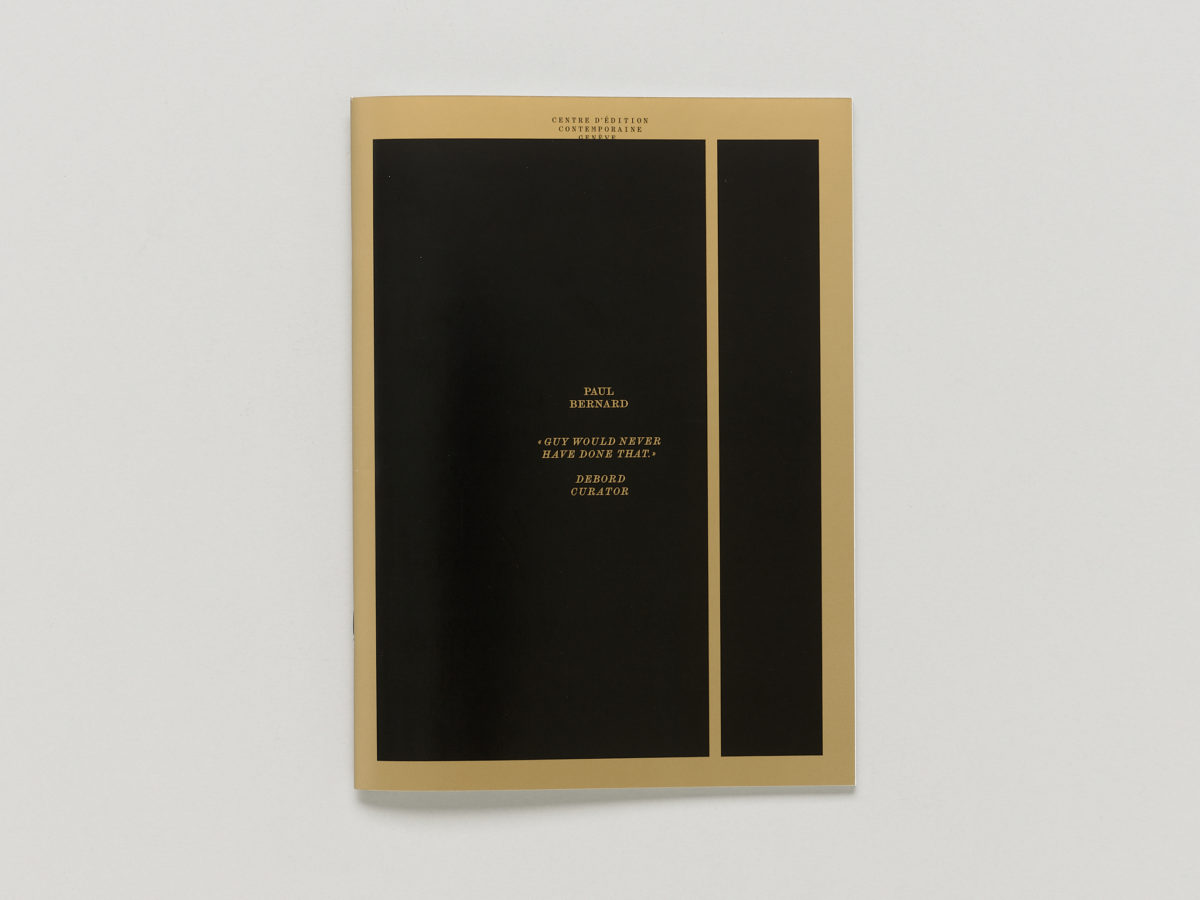
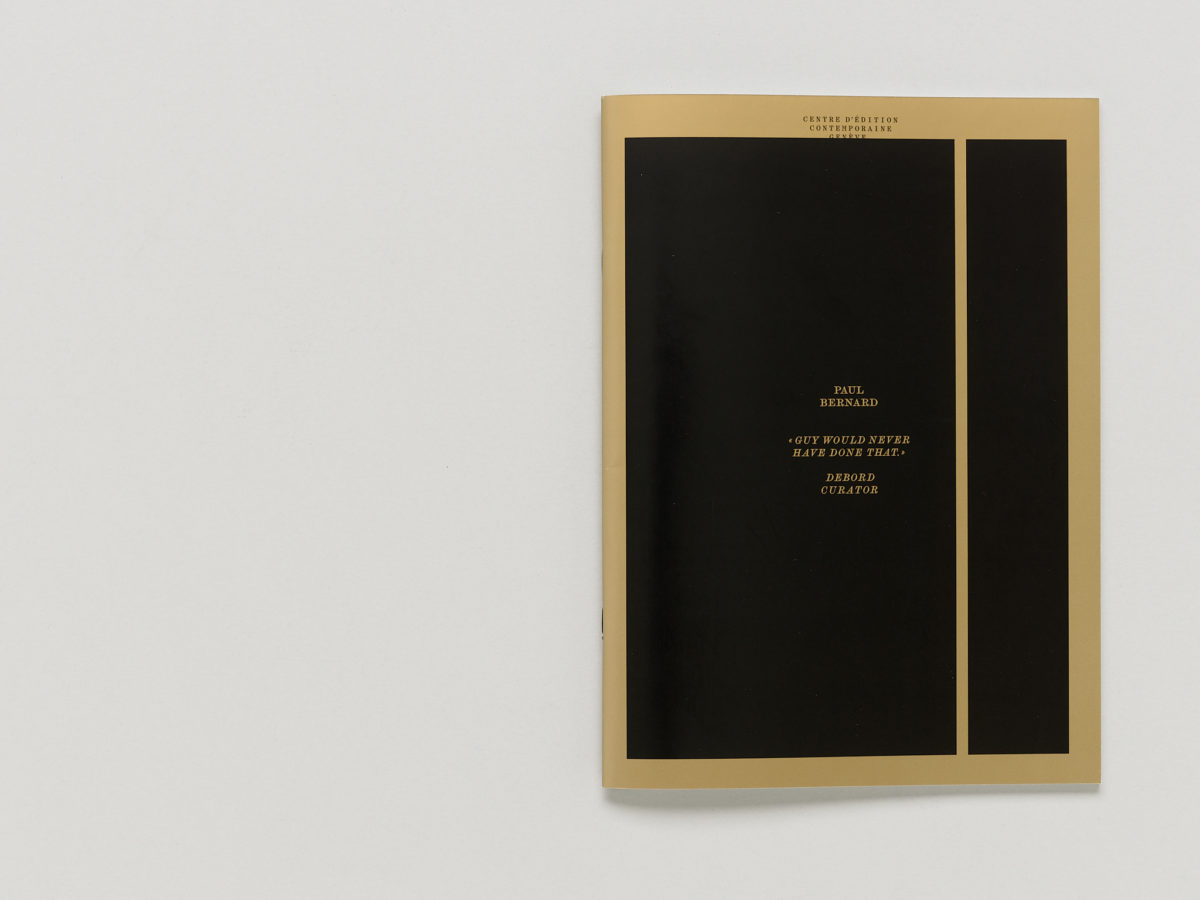
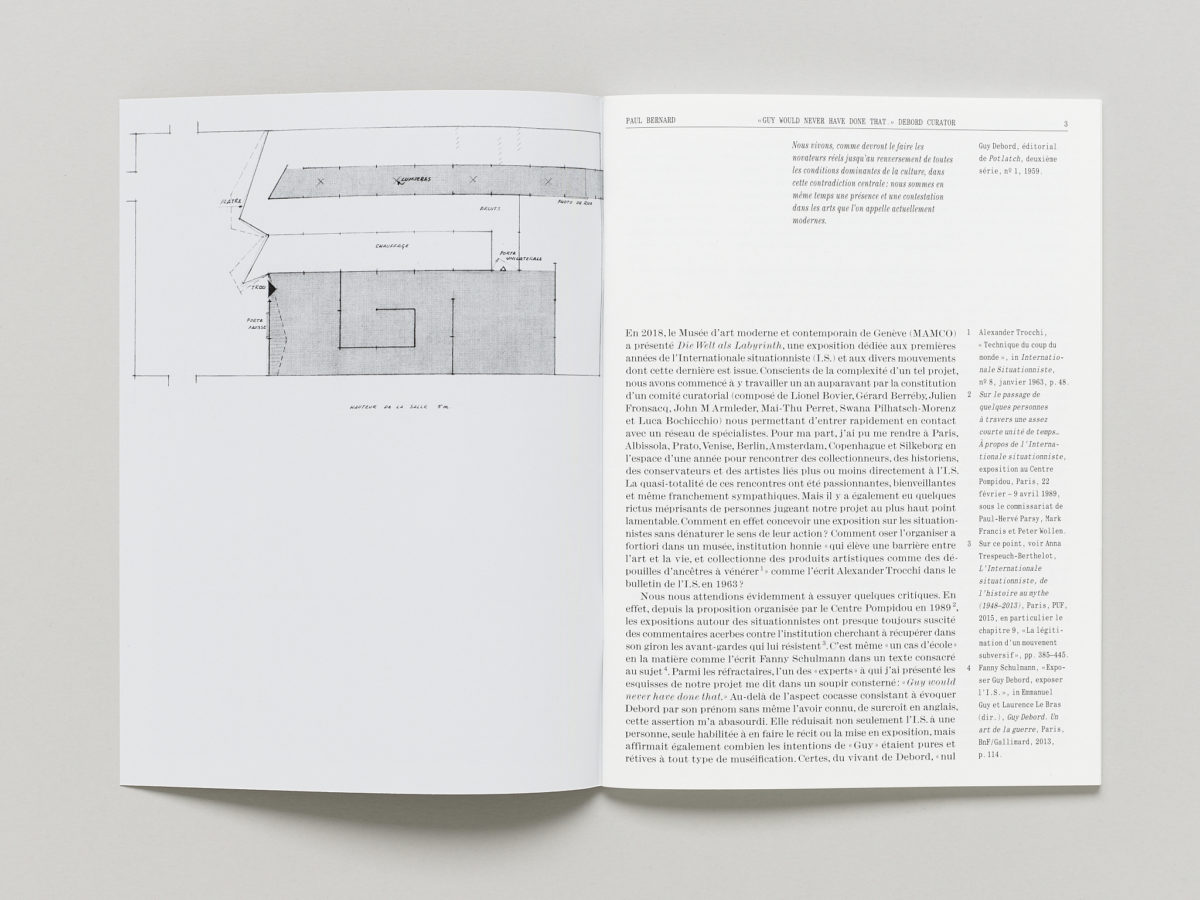
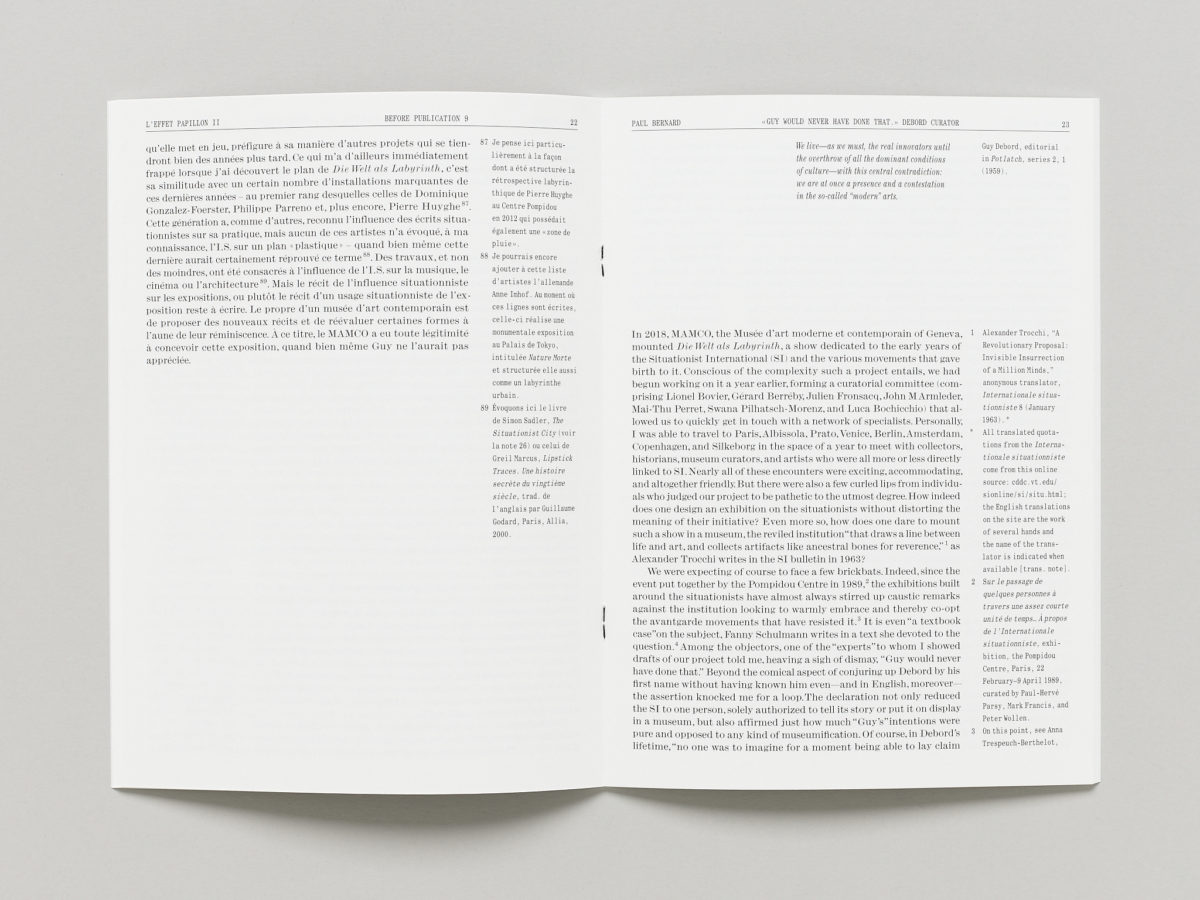
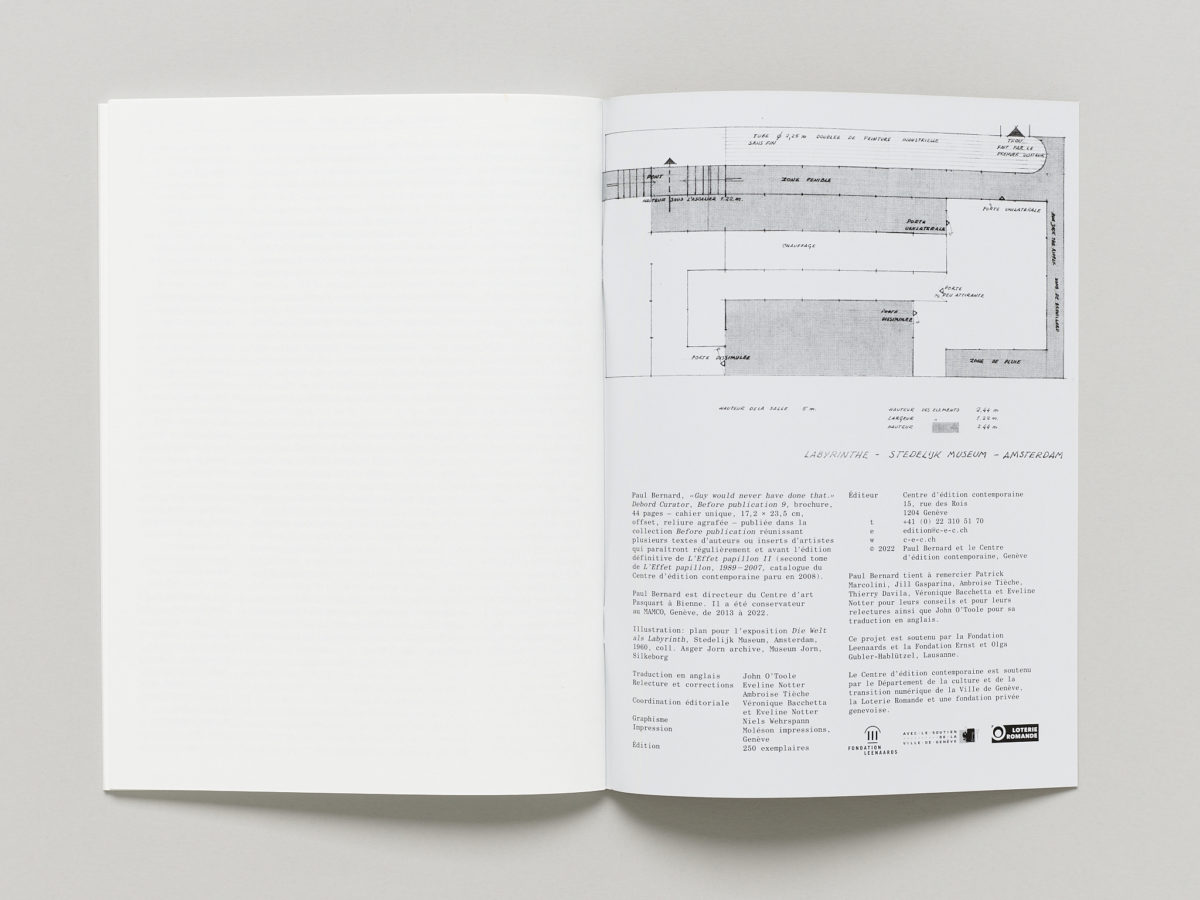
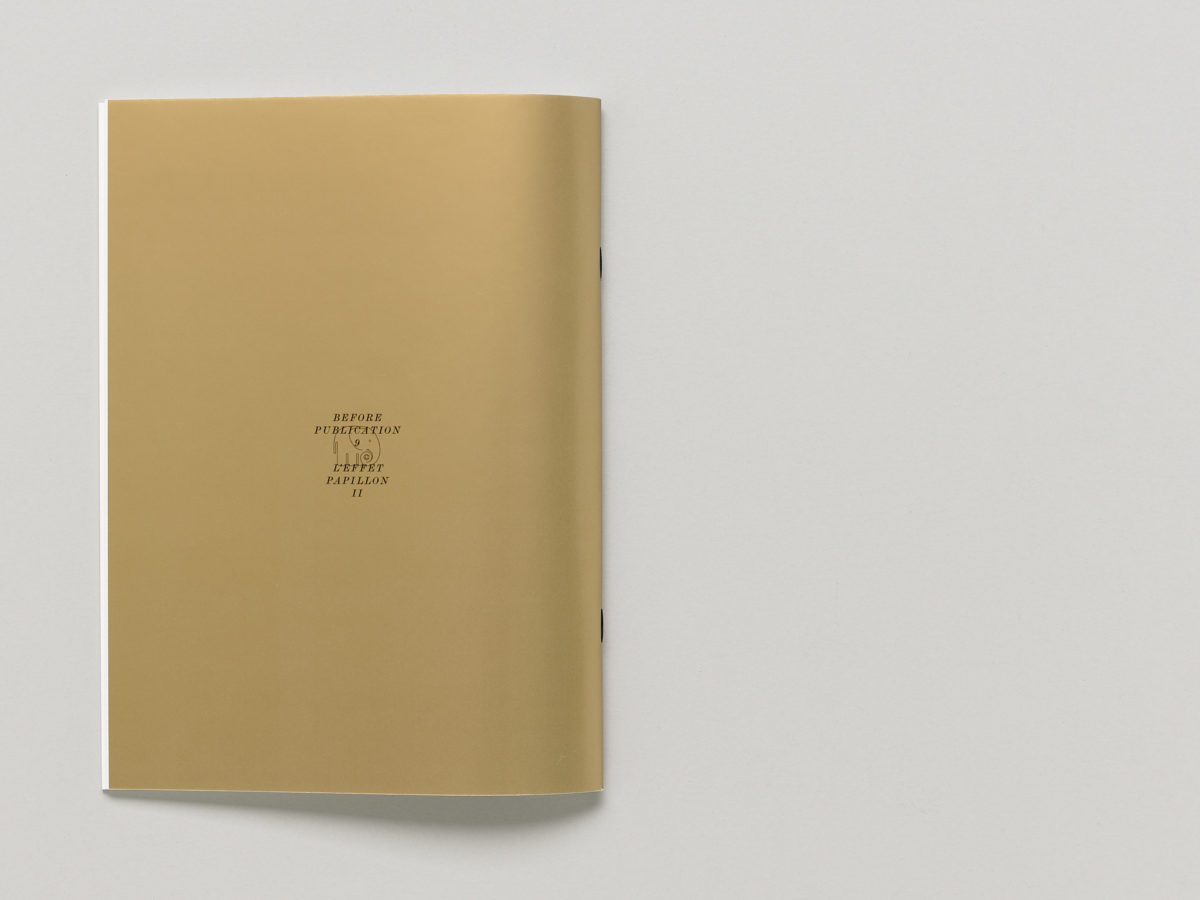
« … Souvent, il séjournait dans cet espace pour trouver le calme et l’inspiration. Dans un carnet, il prenait des notes accompagnées de croquis et de plans pour de futurs projets. Les murs blancs de la maison, la vue sur le jardin et les arbres étaient propices à la méditation et parfois à la lecture. Il pensait qu’un moine jardinier aurait pu se retrouver dans la même situation que lui, à l’écart du monde, du vacarme et des brutales réalités de la vie. Ces murs laiteux ressemblaient à ceux d’une chapelle. Par un jour de printemps, il décida de peindre de petites saynètes et des paysages directement sur ces parois immaculées. … »
Matthew Lutz-Kinoy’s primary medium might be painting, but it often goes beyond two-dimensional space to extend to its surroundings, becoming decor or pieces of furniture. This expansion of the pictorial space is seen both in the choice of subjects and in the enlarged and repeated stylized motifs. His large format paintings, often installed like decorative tapestries, wall panels or suspended ceilings, stages the exhibition space in which viewers are physically immersed. This highly spatial and physical approach to painting expresses Lutz-Kinoy’s special relationship with the body and gesture, and explains the extension of his work into dance and performance. For his recent exhibition at Le Consortium, Dijon, a vast system of murals, inspired by François Boucher’s painted panels that once decorated a boudoir and are now displayed at the Frick Collection in New York, entirely covered the walls of this white cube. This fascination with the refined, sophisticated and carnal painting of the 18th century brought out its erotic and transgressive nature against a backdrop of sensual and sexual liberation.

The CEC participates in the Salon MAD#4 (Multiple Art Days)
With the editions of Victor Man, Keren Cytter, Jean-Michel Wicker, Mathis Gasser, Artists’ Voices (triple vinyle) and Valentin Carron
For his exhibition at the CEC, Victor Man invites Navid Nuur not so much to create a common work but rather to establish a dialog and to underline a certain kinship between their artistic practices: their use of traditional and handcrafted techniques – watercolour for the one and ceramics for the other -, their common references to materials that bear strong symbolic and poetic meaning – minerals, water, fire -, their personal and artistic background, but also their ties to childhood, to memory and perhaps to nostalgia. A shared way of revisiting the significant initiatory stages that rendered this duo possible and natural, offering an installation alternating the watercolours of Victor Man and the ceramics of Navid Nuur. Continue reading “Entrelacs
Victor Man invites Navid Nuur”
The CEC at artgenève 2018
Keren Cytter
Presentation of three small children books, The Curious Squirrel (2015), The Brutal Turtle (2018) and The Furious Hamster (2018), of recent drawings and three objects on wheels
For the CEC booth at artgenève, Keren Cytter presents a little reading room for children with a series of recent drawings and three volumes on wheels: a red ball, a yellow pyramid, a blue cube, objects that are between mobile shapes and children seats. This childlike environment will serve as a display for the book, The Brutal Turtle and The Furious Hamster, both coproduced by Jacob Fabricius, artist director at Kunsthal Aarhus, who runs Pork Salad Press, Copenhagen and the Centre d’édition contemporaine, Geneva. Continue reading “artgenève 2018
Keren Cytter“
Presentation of the edition offered to the 2017 members of the Centre d’édition contemporaine association
+
From 6 PM Book Launch: #picturebook1 by Jean-Michel Wicker, presented by the artist
From 6 PM Book Launch: #picturebook1 by Jean-Michel Wicker, presented in collaboration with The Printed Room, SALTS and the Centre d’édition contemporaine, Geneva
With a reading by Harry Burke and a specially produced flyer by Jean-Michel Wicker
From 6 PM Presentation of Jean-Michel Wicker’s edition, #picturebook1, artist’s book, offset, 27 × 28.5 cm, 396 pages, including 360 pages in colour and 36 pages in black on LuxoArt Silk 150 g/m2 paper, glossy colour cover, LuxoArt Silk 350 g/m2, 10 inserts, colours, 26.5 × 28 cm, LuxoArt Silk 130 g/m2, publication of an arbre de vie produced by Jean-Michel Wicker in collaboration with Marlie Mul, a text by Harry Burke, and a recipe for Alsatian plum pie by Charlotte Wicker (French), English, an edition of 500. Graphic design: Maximage Société Suisse, London. Printing: DZA Druckerei zu Altenburg, Altenburg. Edition of the Centre d’édition contemporaine, Geneva, June 2017.
For this exhibition, Jakob Kolding will be proposing a scenography reminiscent of 19th century dioramas or the photomontages of the Théâtre Alfred Jarry, a small theatre that will fill all our exhibition spaces and be visible from outside, both as an installation and a public artwork. Several scaled up or down “standing” silhouettes will be grouped on this stage set, creating an interplay of juxtapositions and gaps. Each figure suggests a historical or anonymous person, illustrative of Jakob Kolding’s extended vocabulary of literary, philosophical, artistic or personal references, and encouraging a sociological, cultural and aesthetic interrogation of the use of space. While in his earlier works this critical research was more closely linked to the phenomena of the transformation of urban space and gentrification, Kolding has more recently approached different concepts of space in a broader, more open and ambivalent way, as areas where questions of identity are simultaneously complex, shifting and multiple. Continue reading “Jakob Kolding
The Outside or the Inside of the Internalised Externalised“
From 6 PM Presentation of Jean-Michel Wicker’s edition, Belle étiquette, woven flyer taking the form of a mini carpet functioning as an advertisement object, polyester, black and white, high definition weaving, heat cut with fray out edges, 92 × 140 mm, edition of 1000, unsigned, weaving Bornemann-Etiketten GmbH, Wuppertal. Edition of the Centre d’édition contemporaine, Geneva, 2016.
This edition is accompanied by a publication bearing the same title, Belle étiquette, publication, 16 pages, black/white, colours, offset on Magno Satin 130 g/m2 paper, 26,8 × 20,5 cm, 250 copies. Graphic design : Marietta Eugster and Jean-Michel Wicker. Edition of the Centre d’édition contemporaine, Geneva, 2016.
Edition offered to the 2016 members of the Centre d’édition contemporaine association.
+
Mathis Gasser
In the Museum 1 2 (3), Regulators 1 2 n, artist’s book, 448 pages in black and 128 pages in colour, 17 × 22,8 × 3,5 cm, offset, on Arctic Volume White 1.12 paper 100 g/m2, cover in Arctic Volume White 1.2 paper 300 g/m2, 300 copies. Graphic design: Niels Wehrspann, Lausanne with Mathis Gasser. Print : La Buona Stampa, Lugano. Binding: Schumacher AG, Schmitten. Edition of the Centre d’édition contemporaine, Geneva, 2016.
+
Artists’ Voices
Triple LP with sound pieces by Rita Ackermann, Gerard Byrne, Valentin Carron, Claire Fontaine, Jason Dodge, Giulia Essyad, Sylvie Fleury, Gilles Furtwängler, Mathis Gasser, Marcus Geiger / Heimo Zobernig, Vivienne Griffin & Kaspars Groshevs, Thomas Hirschhorn, Tobias Kaspar and Jan Vorisek, Anne Le Troter, Beat Lippert, Tobias Madison, Fabian Marti, Jonathan Monk, Damián Navarro, James Richards, Emanuel Rossetti, Ryan Conrad Sawyer, Ramaya Tegegne and Ricardo Valentim, 3 picture discs in a two-piece box, 310 × 310 × 15/15 mm, 350 copies. Sound engineer: Ladislav Agabekov, Caduceus Mastering, Geneva. Graphic design: Niels Wehrspann, Lausanne. Edition du Centre d’édition contemporaine, 2016.
+
John M Armleder, Valentin Carron, Marc Camille Chaimovicz, Claude Closky, Andreas Dobler, David Hominal, Rosemarie Trockel and Heimo Zobernig (editions CEC), Giulia Essyad (ceramic) and Sabrina Röthlisberger (bench and book), Solar Lice (double LP, Power Station, Dallas, 2013) and David Knuckey (sculptures)
Until March 11, 2017
Artists’ Voices assembles a group of sound pieces linked to the theme of the voice. The voice considered as a strong marker on the unconscious, a pre-language primal expression that is directly connected to emotions and is identifiable by a body of signs: tone, vibration, timbre, rhythm. The sound pieces are songs, declamations, monologues, a reading, a discourse, a dialogue, an echo, a whisper, a noise, a scream or breathing, up to the point of rupture, dysphonia, aphonia, silence, or even the return of sound and music. Continue reading “Artists’ Voices“
With editions by Philippe Decrauzat, Jason Dodge, Sylvie Fleury, Katie Holten, David Hominal, Aaron Flint Jamison, Raphaël Julliard, Mads Ranch Kornum, Erik van Lieshout, Victor Man, Christophe Rey, Joseph Strau, Oscar Tuazon, Jeffrey Vallance, Oriol Vilanova
Exhibition of an installation of large pencil drawings on paper scroll and mobile wire sculptures, and the edition of an artist’s book entitled RREPTILES produced and edited by the CEC.
Raphaël Julliard is a polygraphic artist. Whether it be drawing, painting, installation work, video or performance, his work, rather than departing from a predefined idea or concept, stems from an initial impulsion that is as free and autonomous as possible, in order to arrive at the configuration induced by that same idea and its process of realisation. His work sometimes also questions the works of other artists, may them be central figures or lesser known. However, he seems to be inspired by everyday banal little things, whose existence is, in theory, considered to be insignificant. Like so, he had proceeded to the making of a classical ham-butter sandwich, from the planting of the seeds to the devouring of the sandwich, including the slaughtering of the pig and the churning of the butter (Mon Sandwich, HD video, 2010). Continue reading “Raphaël Julliard
Chromozone“
